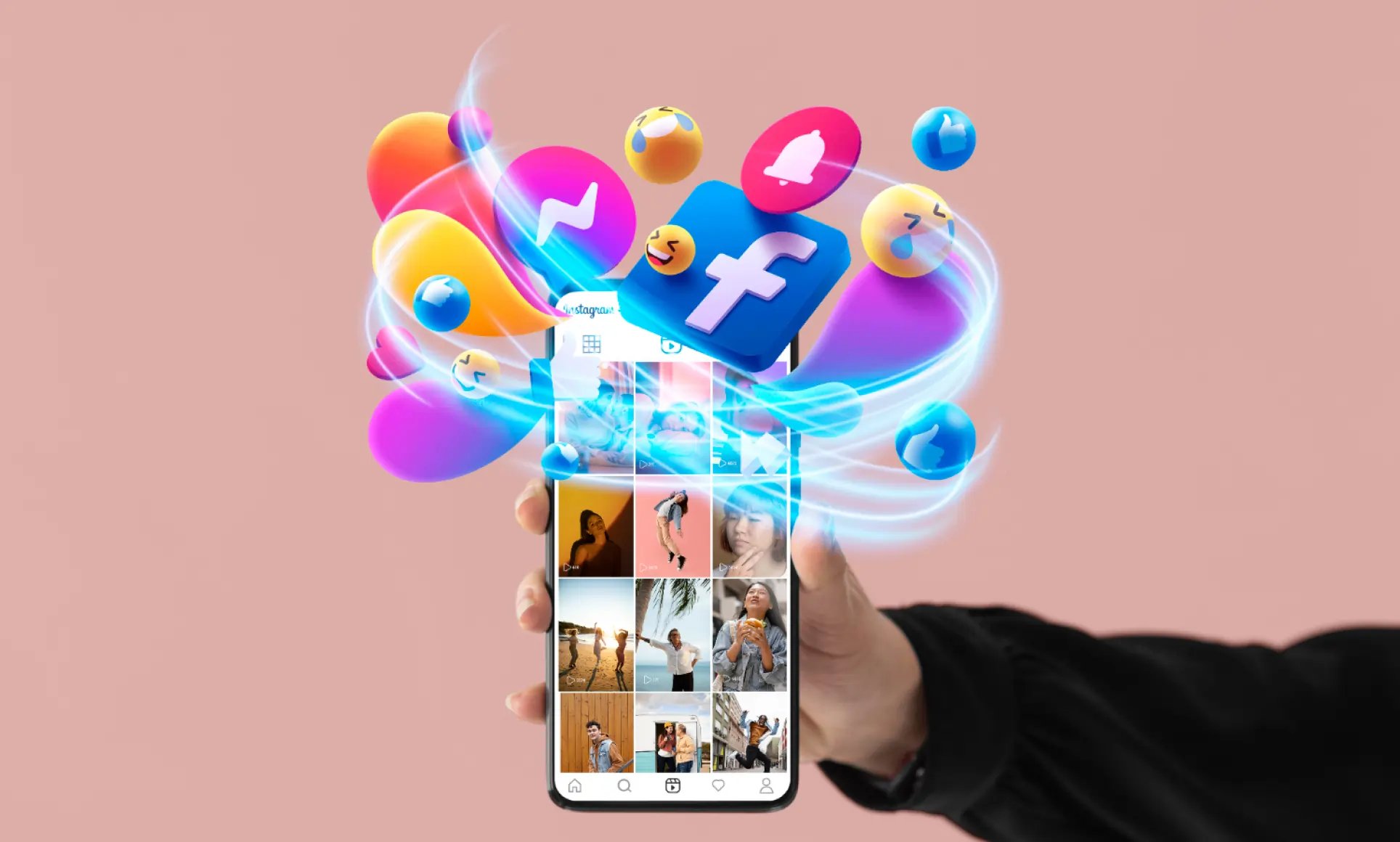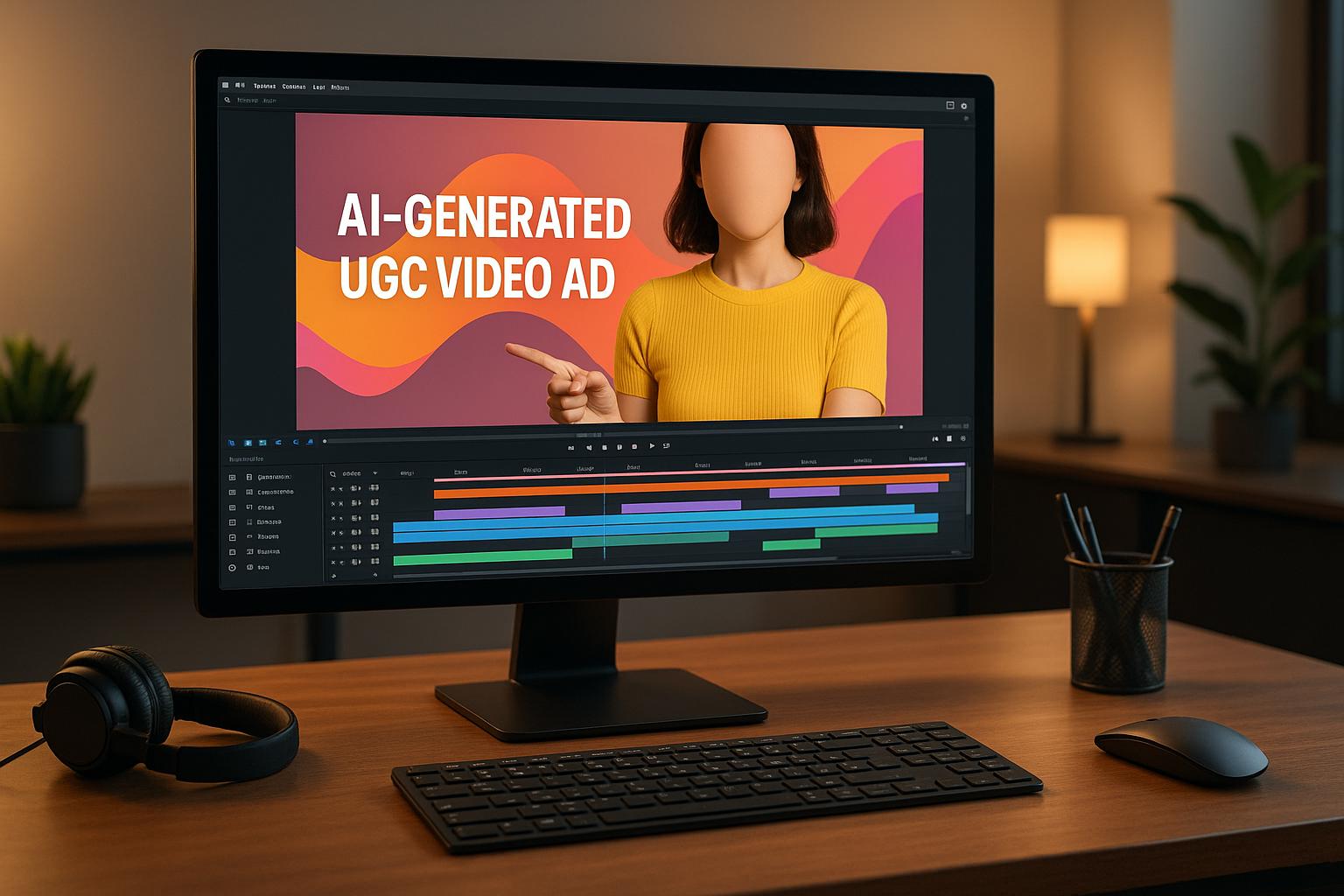
AI is transforming how brands create video ads and social media content. With tools that generate user-like videos and product-focused clips, marketers can save time, cut costs, and boost engagement. Companies like Headway and ChargeHub have already seen billions of impressions and significant ROI improvements using this approach.
Key Takeaways:
- What it is: AI-generated UGC (user-generated content) mimics authentic videos, while faceless content highlights products without human presenters.
- Why it matters: AI cuts production costs (as low as $5-$10 per minute) and speeds up creation (minutes vs. weeks).
- Proven results: Brands report up to 47% higher click-through rates and 40% higher ROI with AI-generated videos.
- Top tools: Zeely AI, Creatify, Tagshop AI, and Arcads offer features like multilingual avatars, bulk video creation, and script generation.
- Platforms: TikTok, Instagram, and Facebook are ideal for AI-driven UGC, with tailored strategies for each.
- Compliance: Transparency is key - disclose AI use and follow privacy laws to maintain trust.
AI-powered video ads are reshaping marketing, offering cost-effective, scalable solutions with measurable results. Ready to dive in? Let’s explore how to make them work for you.
How to Use AI for UGC Content Creation - The COMPLETE 2025 Framework
Best AI Tools for Creating UGC Video Ads
The world of AI video creation is packed with tools that can revolutionize how you produce UGC video ads. Picking the right one can streamline your workflow and make a big impact on your campaigns. Let’s dive into some of the top options.
Overview of Top AI Tools
Zeely AI is designed for seamless integration with enterprise platforms, covering everything from script creation to analytics tracking. It syncs natively with Shopify and offers over 30 lifelike AI avatars, earning it a strong user rating of 4.8 out of 5.0.
Creatify focuses on speed and efficiency. Its one-click rapid iteration feature allows marketers to quickly preview and tweak content before finalizing. It supports multiple languages and includes a batch mode for generating several short clips at once. Users have rated it 4.4 out of 5.0 overall, with a 4.5 out of 5.0 for ease of use.
Tagshop AI excels in creating bulk videos for multiple channels. It can convert product URLs into videos automatically and update pricing across multiple videos. Its AI avatars come with lip-sync capabilities in native languages, ensuring smooth and natural results. It holds a user rating of 4.3 out of 5.0.
Arcads offers a layer-based editor for deep customization, including real-time logo placement and voice timbre adjustments. It also provides an extensive template library. However, its ease-of-use rating is slightly lower at 3.8 out of 5.0, and its overall rating stands at 4.1 out of 5.0.
For instance, a footwear retailer using AI video creation cut its production time from 25 days to just 36 minutes, while slashing its cost per acquisition by 27%. And here’s the kicker: a traditional studio shoot might cost $3,000, but with AI tools, you could produce 75 videos for the same budget.
Next, let’s look at how these tools stack up in terms of features and pricing.
Feature and Pricing Comparison
Finding the right AI tool means balancing your budget with your content needs. Here’s a quick breakdown of features and pricing to help guide your decision:
| Tool | Stand-out Strength | Starting Price | Ease-of-Use | User Rating |
|---|---|---|---|---|
| Zeely AI | Seamless integration, enterprise support | $49.95/month | 4.9/5.0 | 4.8/5.0 |
| Tagshop AI | Multichannel bulk video creation | $49.00/month | 4.0/5.0 | 4.3/5.0 |
| Creatify | One-click rapid iterations | $39.00/month | 4.5/5.0 | 4.4/5.0 |
| Arcads | Robust, customizable templates | $45.00/month | 3.8/5.0 | 4.1/5.0 |
Creatify offers a free tier with 10 credits per month (enough for about two videos), though these exports are watermarked. Its Starter plan costs $33.00 per month (billed annually at $396.00) and removes watermarks, providing 1,200 credits annually (around 240 videos). The Pro plan, priced at $49.00 per month (or $588.00 annually), includes 2,400 credits, access to over 900 premium avatars, and the ability to create videos up to 10 minutes long.
MagicUGC uses a monthly video limit instead of a credit system. The Basic plan starts at $149.00 per month for up to 20 videos. The Pro plan, at $179.00 per month, allows for 50 videos and includes expanded avatar libraries and multi-language support. The Turbo plan, priced at $249.00 per month, offers unlimited video creation and up to 10 premium AI avatars.
Zeely AI takes a different approach with an introductory offer: an 8-week plan for $49.95 (about $0.89 per day), which renews at $79.95 monthly. This plan includes unlimited products, UGC-style videos, 30+ AI avatars, and campaign optimization tools.
If your content needs are high, unlimited plans might be the way to go. After all, engagement increases by 28% when shoppers see a mix of user-generated videos and branded content.
Data Privacy and Compliance Requirements
Beyond features and pricing, it’s crucial to consider data privacy and compliance when choosing an AI tool. U.S. marketers face strict privacy regulations, and failing to comply can result in fines exceeding $50,000. The FTC is also cracking down on misleading AI claims, fabricated endorsements, and undisclosed synthetic media. Transparency is key - marketers must clearly disclose when content is AI-generated.
California’s AI laws require businesses to be upfront about AI-driven decisions and adhere to stringent privacy standards. For companies operating across multiple states, this creates a patchwork of requirements, with nearly 60% of businesses reporting challenges in keeping up with new privacy laws.
AI tools often involve profiling and automated decision-making using consumer data, which must align with privacy laws. Many states also require a Data Privacy Impact Assessment for activities like targeted advertising and profiling.
Studies show that 40% of consumers are skeptical about how companies use their data, and 91% of organizations recognize the need to reassure customers about AI data use. Companies that prioritize privacy tend to see higher customer satisfaction and lower acquisition costs because trust reduces friction. When selecting an AI tool, ensure the provider has a clear privacy policy, robust data safeguards, and compliance measures to support your marketing efforts across various channels.
Tested Strategies for Creating Faceless AI UGC Video Ads
Harnessing the power of advanced AI tools can help you create effective faceless UGC (user-generated content) video ads. Here’s a practical breakdown of how to do it while keeping the authentic feel of UGC intact.
Step-by-Step Process for Faceless Content Creation
Creating compelling faceless videos starts with solid planning. First, define your core message and pinpoint the customer pain point your product or service addresses. This clarity acts as the backbone of your entire production process.
Next, move on to script development. Start with a strong 3-second hook that highlights a problem, introduces a solution, and wraps up with a clear call-to-action. Keep your sentences short and conversational to maintain engagement.
When it comes to visual planning, think beyond the usual stock footage. Tools like Invideo AI provide access to millions of visuals, giving you endless possibilities. For example, instead of simply showing a skincare product, depict a relatable daily routine that incorporates the product. This approach complements your script and adds depth to your story.
Voice selection is another key step. AI voiceover tools now offer highly realistic voices in various languages and accents, making it easier to connect with diverse U.S. audiences. Choose a voice that aligns with your brand’s tone - be it energetic for fitness products, calm for financial services, or warm for lifestyle brands.
Production execution can be streamlined with platforms like Invideo AI or Crayo. These tools allow you to create professional faceless video ads by simply entering detailed text prompts. For instance, instead of a vague prompt like “create a video about our app,” try something specific: “create a 30-second video showing how our budgeting app helps college students save money for spring break.”
Finally, use AI tools to automatically adjust aspect ratios for different platforms, such as landscape for YouTube or vertical for TikTok and Instagram Reels. This automation not only saves time but ensures your content feels native to each platform, boosting engagement.
Best Practices for Engagement and Trust
Faceless videos can still build trust by focusing on authenticity. A winning strategy involves combining genuine user experiences with AI-generated visuals. Start with real customer testimonials or reviews, then use AI to create visually engaging narratives around these stories.
Social proof plays a vital role in faceless content. Include specific metrics or real outcomes, like “Sarah from Denver saved $300 in her first month.” These details build credibility and offset the absence of human faces.
A strong hook is essential to grab attention right away. Open with questions or statements that spark curiosity, such as “What if I told you there’s a way to cut your grocery bill in half?” or “This $15 gadget just saved me 2 hours of cleaning.” The hook should promise a clear benefit or share surprising information.
Since facial expressions aren’t an option, pacing and rhythm become crucial. Keep cuts frequent - every 2-3 seconds - and use transitions that match the energy of your script. Quick cuts work well for younger audiences, while a slower pace might suit a more professional demographic.
Incorporate authenticity markers like real product demos, before-and-after scenarios, and specific use cases. Many successful YouTube channels in niches like finance and motivation rely entirely on faceless content, using tools like AI and stock media to engage their audience.
Weave trust-building elements throughout your video. Show real product packaging, include screenshots of customer feedback, and reference specific dates or events. These details make your content more relatable and believable.
Creating Content for U.S. Audiences
To connect with U.S. audiences, pay attention to language localization. Use American English spelling (e.g., “favorite” instead of “favourite”) and include familiar phrases like “back-to-school season” or “Black Friday deals” to align with cultural norms.
Incorporate cultural touchpoints that feel natural and relevant. Mention popular holidays, seasonal activities, or shared experiences like “prepping for summer vacation” or “getting ready for tax season.” These references create an instant connection with viewers.
Adjust measurement and currency formatting to U.S. standards. Use pounds instead of kilograms, Fahrenheit for temperatures, and proper dollar formatting, such as $19.99. Follow the MM/DD/YYYY date format and the 12-hour clock with AM/PM indicators.
American humor often leans on directness, self-deprecation, and playful exaggeration. For example, a line like “Because apparently I need another subscription service in my life” can resonate with the frustration of subscription fatigue.
Regional references can also enhance engagement. Mention weather patterns (“surviving another Midwest winter”), local challenges (“LA traffic solutions”), or events like “football season,” but keep them broad enough to avoid alienating viewers from other regions.
Finally, ensure compliance with FTC guidelines and data privacy laws like the CCPA. Clearly disclose if your content is AI-generated or sponsored, using natural placements like “AI-generated content” or “#ad.” Transparency builds trust while keeping you on the right side of regulations.
The most effective faceless AI UGC videos feel like advice from a trusted friend. They address real-life problems, use relatable language, and deliver specific solutions viewers can act on immediately.
sbb-itb-3858882
Measuring and Improving AI UGC Video Ad Performance
To get the most out of AI-generated UGC (user-generated content) videos, marketers need to focus on tracking performance and fine-tuning campaigns. By keeping an eye on key metrics and creative elements, you can pinpoint what’s driving results and where there’s room to improve.
Key Metrics to Track
Here are some critical metrics to consider when evaluating your AI UGC video ads:
- Click-Through Rate (CTR): This measures how effectively your ad grabs attention. For video ads, CTRs typically range from 1.00% to 3.00%.
- Video Completion Rate (VCR): This tells you if your content keeps viewers engaged. A VCR of 70% or higher is a good benchmark, showing that your storytelling resonates with the audience. This is especially important since 90% of ad recall happens in the first six seconds, and 66% of video ads are now under 30 seconds long.
- Cost-Per-Acquisition (CPA): This metric shows how efficiently your campaigns convert. Strong UGC campaigns often achieve CPAs that are 20% to 30% lower than industry norms.
- Cost-Per-Click (CPC): For video ads, CPCs typically range between $0.05 and $0.30, depending on factors like targeting, platform, and creative quality.
- Cost Per Thousand Impressions (CPM): This is vital for awareness campaigns and comparing costs across platforms. With digital video projected to account for nearly 60% of all U.S. TV and video ad spending by 2025, optimizing CPM is more important than ever.
In addition to these metrics, pay attention to creative aspects like the hook, video length, and messaging. Metrics like watch time, shares, and completion rates can reveal where viewers lose interest or stay engaged, helping you refine your approach. A/B testing plays a big role here.
A/B Testing and Optimization
A well-structured A/B testing strategy can provide clear insights to improve your AI UGC campaigns. Start by defining your goals - whether it’s boosting engagement, increasing conversions, or lowering costs. From there, develop hypotheses to guide your tests. AI tools make it easy to generate multiple ad variations, allowing for quick and thorough testing.
Take Häagen-Dazs, for example. In April 2023, they used AdCreative.ai to create over 150 unique ad creatives for their product catalog in Spain. This effort led to more than 11,000 "get directions" clicks and reduced their CPM by $1.70.
When running A/B tests, focus on one element at a time, like the opening hook, pacing, or call-to-action placement. Let the tests run long enough to gather statistically significant results. Brands that use AI-driven personalization have seen up to a 40% increase in average order value compared to generic content. Similarly, Headway, an edtech company, ran AI-powered campaigns that delivered 3.3 billion impressions in the first half of 2024 while boosting video ad ROI by 40%.
Keep your creative pool fresh with AI-generated variations. Tools like AdCreative.ai use predictive models with over 90% accuracy to help you prioritize which variations to test. Avoid common mistakes like using the wrong ad format for UGC, neglecting the first three seconds of your video, or ignoring the performance of organic UGC.
And don’t forget - your testing and optimization efforts must align with compliance standards.
Compliance and Disclosure Requirements
Tracking and optimizing campaigns only works when you stay compliant with regulations. U.S. laws require clear disclosures for AI-generated content and sponsored materials. The Federal Trade Commission (FTC) has specific rules for this:
“The final rule addresses reviews and testimonials that misrepresent that they are by someone who does not exist, such as AI-generated fake reviews, or who did not have actual experience with the business or its products or services, or that misrepresent the experience of the person giving it. It prohibits businesses from creating or selling such reviews or testimonials.” – Federal Trade Commission
To maintain trust and compliance, use clear disclosures like "AI-generated content" or "#ad." These should be prominently placed - ideally in the first few seconds of your video or within captions.
Data privacy is another critical area. For U.S. audiences, follow the California Consumer Privacy Act (CCPA) guidelines when collecting viewer data. Be transparent about how you use this data to refine campaigns, and ensure your practices align with platform-specific rules.
Keep detailed records of customer consent, disclosure placements, and how data is handled. Regular audits will help you stay ahead of evolving regulations, safeguarding both your brand reputation and campaign results.
Future Trends in AI UGC and Faceless Content
As discussed earlier, efficiency and scalability are reshaping video ad production. But what lies ahead? The world of AI-driven user-generated content (UGC) is advancing at a breathtaking pace, introducing new technologies that are set to revolutionize how U.S. marketers create and distribute video content. Staying on top of these trends can give marketers a competitive edge and spark the next big wave of innovation in the industry.
These advancements are setting the stage for transformative changes in video content creation.
New Technologies Changing the Industry
Advanced AI Avatars and Voice Cloning are becoming more refined than ever. Today’s AI avatars boast improved facial expressions, lifelike gestures, and voice cloning that replicates human speech patterns with uncanny accuracy. This allows brands to deploy consistent, multilingual virtual spokespeople without the logistical challenges or costs of working with human talent.
The merging of AR/VR technologies with AI UGC is taking user experiences to a whole new level. These immersive, interactive tools go far beyond conventional video ads, offering unprecedented engagement opportunities. The market for AI in augmented and virtual reality is forecasted to reach a staggering $387.34 billion by 2029, signaling huge opportunities for marketers ready to embrace these innovations.
Real-time AI optimization is another game-changer. These systems can adjust visuals, scripts, and calls-to-action on the fly based on how viewers interact with the content. This dynamic adaptability allows marketers to instantly enhance engagement and drive conversions.
Streamlined platform integration is also simplifying the process. Direct connections with major ad platforms now make it easier than ever to create, test, and launch AI UGC campaigns.
Hyper-personalization powered by AI algorithms is reshaping how videos connect with audiences. By analyzing user data in real time, AI can tailor videos to individual viewers - adjusting messaging, visuals, and product recommendations automatically. AI tools can already dub videos into over 100 languages and adapt them for various platforms, making personalization seamless.
The rise of AI-generated virtual influencers is another trend to watch. These virtual brand ambassadors are cost-effective, free from scheduling conflicts, and consistently deliver on-brand messaging, making them an appealing option for marketers.
Predictions for AI UGC in Social Media Marketing
With these technological breakthroughs, the scale of transformation in social media marketing is immense. By 2025, AI-generated content is expected to account for 30% of all digital content. Some experts anticipate even more dramatic shifts. As AI expert Nina Schick puts it:
"I think we might reach 90% of online content generated by AI by 2025, so this technology is exponential".
These trends will further amplify the cost efficiency and engagement potential of AI-driven content. Blended strategies that combine AI-generated content with authentic user-generated material are likely to become the norm. Marketers are finding that campaigns leveraging AI for scaling and personalizing genuine UGC can maintain authenticity while maximizing reach.
The global AI marketing industry is projected to generate $107 billion in revenue by 2028, with a significant portion coming from video content creation and optimization. For U.S. marketers, building a robust AI UGC strategy now is a smart move to secure a share of this growing market.
Creating multilingual content will also become easier, enabling U.S. brands to break into global markets without the usual language hurdles.
However, this rapid growth brings challenges. By 2026, up to 90% of online content could be AI-generated. Yet, studies show that 52% of people are less engaged when they suspect content is AI-produced. This creates a tricky balance: being transparent about AI use might reduce engagement, but hiding it could lead to ethical dilemmas and regulatory issues.
The key to navigating this paradox lies in producing AI-driven content that feels authentic and adds real value. Brands that combine AI’s efficiency and personalization with human creativity and ethical transparency will set the standard for the next phase of social media marketing. As regulatory frameworks evolve, transparency and ethical AI practices will become non-negotiable. U.S. marketers who prioritize compliance and integrity from the outset will not only avoid costly adjustments but also build stronger trust with their audiences.
Conclusion: Using AI for UGC Video Ads
AI-powered tools are reshaping how U.S. marketers approach video advertising, and the numbers back it up. A whopping 93% of marketers using AI report faster content creation, while 90% say it helps them make decisions more quickly. These advancements are not just tweaks - they’re redefining the way content is created and deployed.
The financial benefits are hard to ignore. Brands leveraging AI-driven ad optimization have achieved up to 72% higher return on ad spend (ROAS). AI-generated creatives have also made a big impact, increasing click-through rates by 47% on platforms like Facebook and Google Ads, while cutting cost-per-acquisition by 29%. On top of that, AI content production costs a fraction of traditional methods, making it an efficient and budget-friendly option.
As discussed earlier, success stories from real-world applications underline how effective these strategies can be. They highlight a critical balance: combining data-driven precision with storytelling that feels genuine. The best campaigns use customer insights as their foundation, layering in AI’s ability to scale and refine, ensuring the results are both impactful and authentic.
For marketers in the U.S., the potential is enormous. With the global AI marketing industry expected to hit $107 billion in revenue by 2028 and 43% of marketers already automating repetitive tasks with AI, those who embrace these tools now are setting themselves up to lead in this evolving space. The strategies outlined earlier - grounded in measurable success - offer a clear path forward.
Here’s the bottom line: start with customer insights, keep your messaging conversational and tailored to each platform, test often, and be transparent about your use of AI. With these principles and the tools covered in this guide, U.S. marketers are equipped to thrive. Brands that embrace AI as a way to amplify creativity, personalization, and efficiency will gain a competitive edge. The technology is ready, the results speak for themselves, and the time to act is now.
FAQs
How can brands stay compliant with data privacy and disclosure laws when using AI-generated UGC video ads?
To comply with data privacy and disclosure laws, brands need to focus on being upfront and securing consent. Always get clear and explicit permission before collecting or using personal data - this becomes even more critical when dealing with minors. If your content is AI-generated, make sure to clearly state it. This not only builds trust but also ensures you're meeting legal obligations.
It's equally important to ensure your advertising follows both federal and state regulations. These may include rules about AI-related disclosures or measures to prevent the misuse of personal data. By staying updated on legal changes, you can protect your brand from fines and, at the same time, strengthen consumer trust.
What should I look for in an AI tool to create effective UGC video ads?
When choosing an AI tool to create user-generated content (UGC) video ads, it's important to focus on features that boost both creativity and productivity. Look for tools that can generate lifelike digital avatars or presenters, offer customizable visuals and voiceovers, and work seamlessly with popular social media platforms.
User-friendliness should be a top priority. Opt for tools that support natural language scripting, enable real-time editing, and let you adapt content for specific platforms with ease. Tools equipped with built-in analytics and performance tracking can also give you valuable insights to refine your campaigns and increase engagement. These capabilities ensure your content looks polished and delivers results.
What’s the best way for marketers to measure and improve the performance of AI-generated UGC video ads to boost ROI?
To get the most out of AI-generated UGC video ads, start by defining specific goals and KPIs - think engagement rates, conversion rates, or return on ad spend (ROAS). Once you’ve nailed those down, use analytics tools to monitor performance and spot trends. Don’t forget the power of A/B testing - try out different ad variations to figure out what clicks with your audience.
You can also tap into AI-driven insights to dig deeper into audience sentiment and ad performance. These tools can reveal what’s working and let you tweak your approach in real-time for better results. By consistently analyzing your data and fine-tuning your targeting and content, you’ll keep your campaigns running at peak efficiency and boost your ROI.



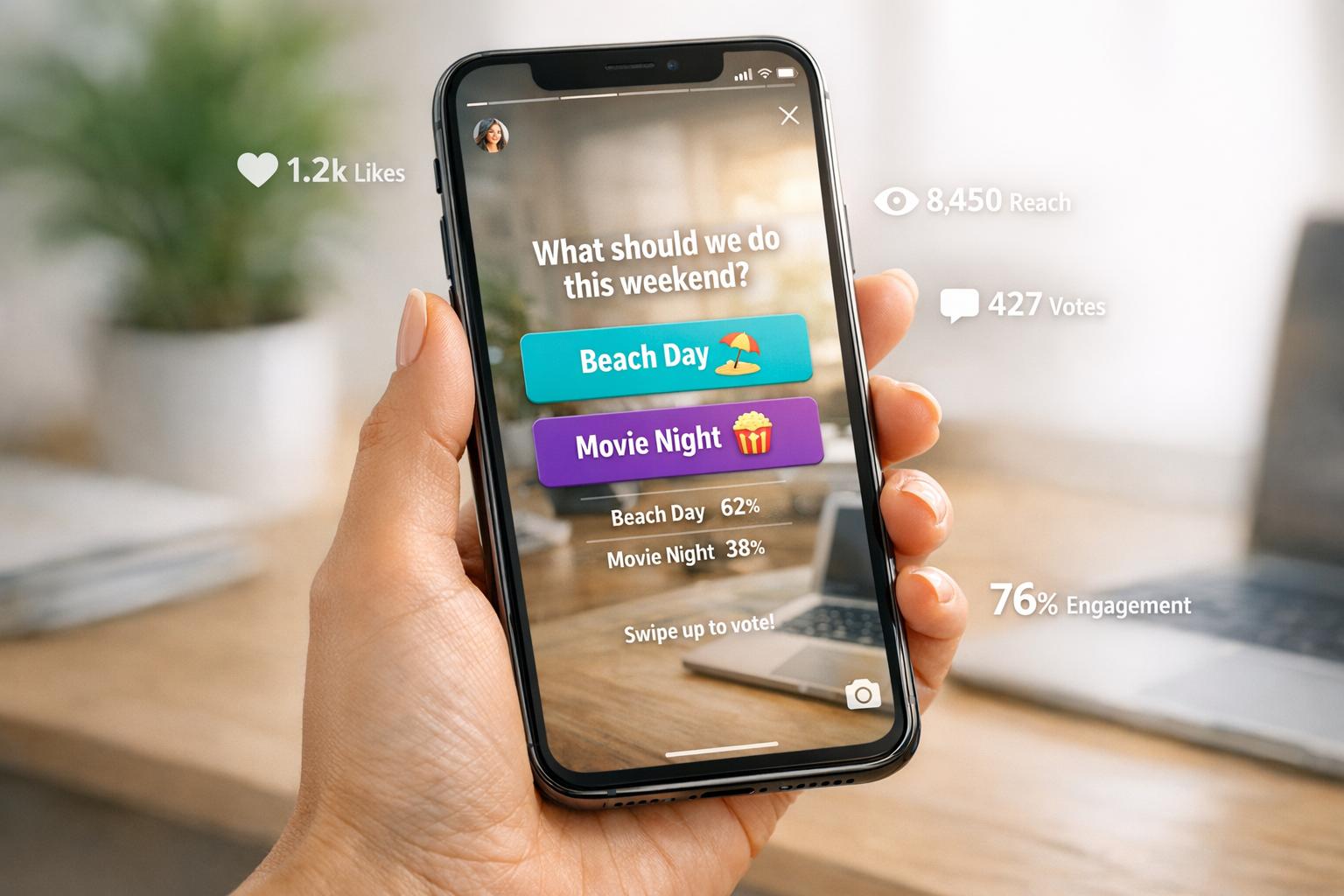
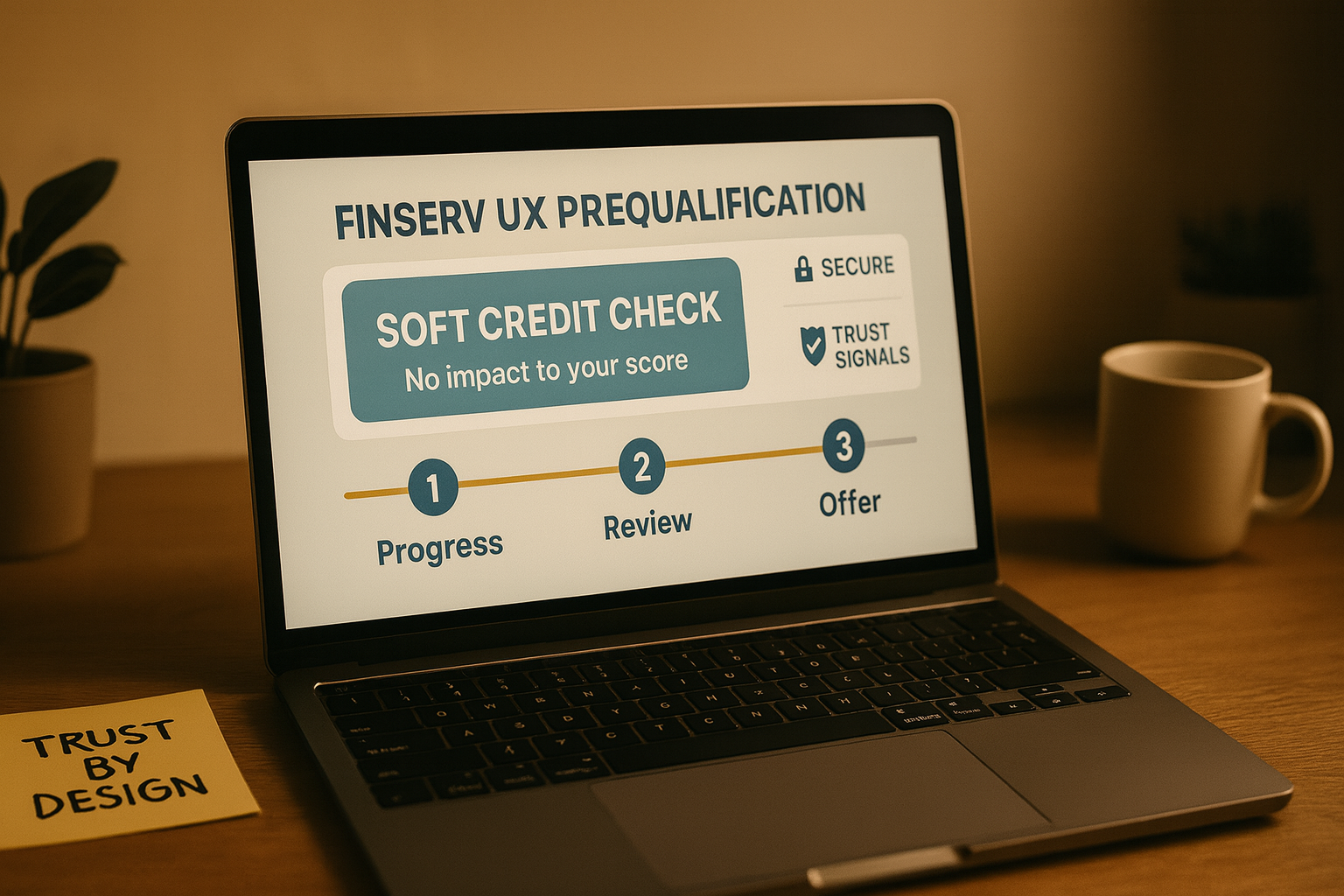
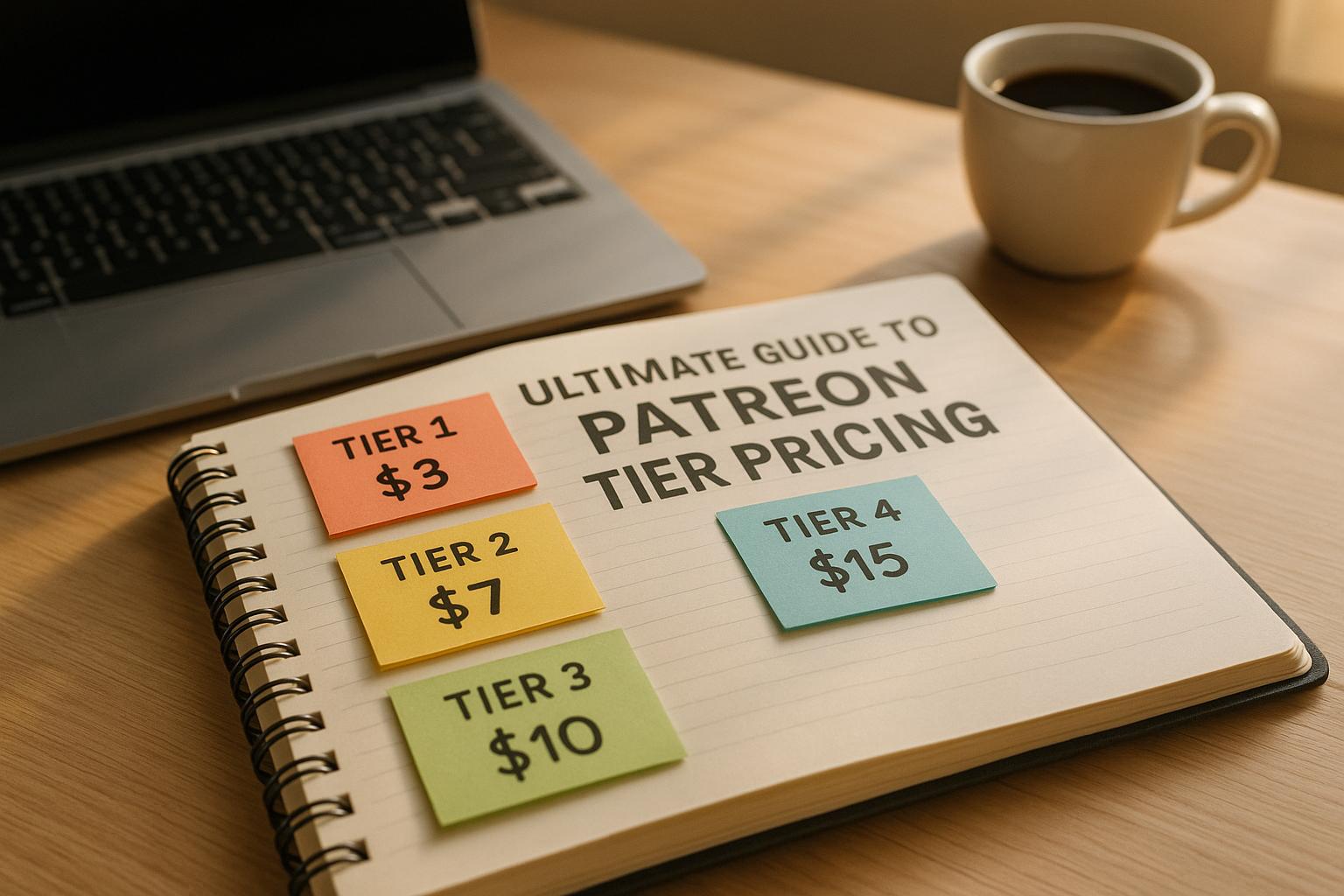
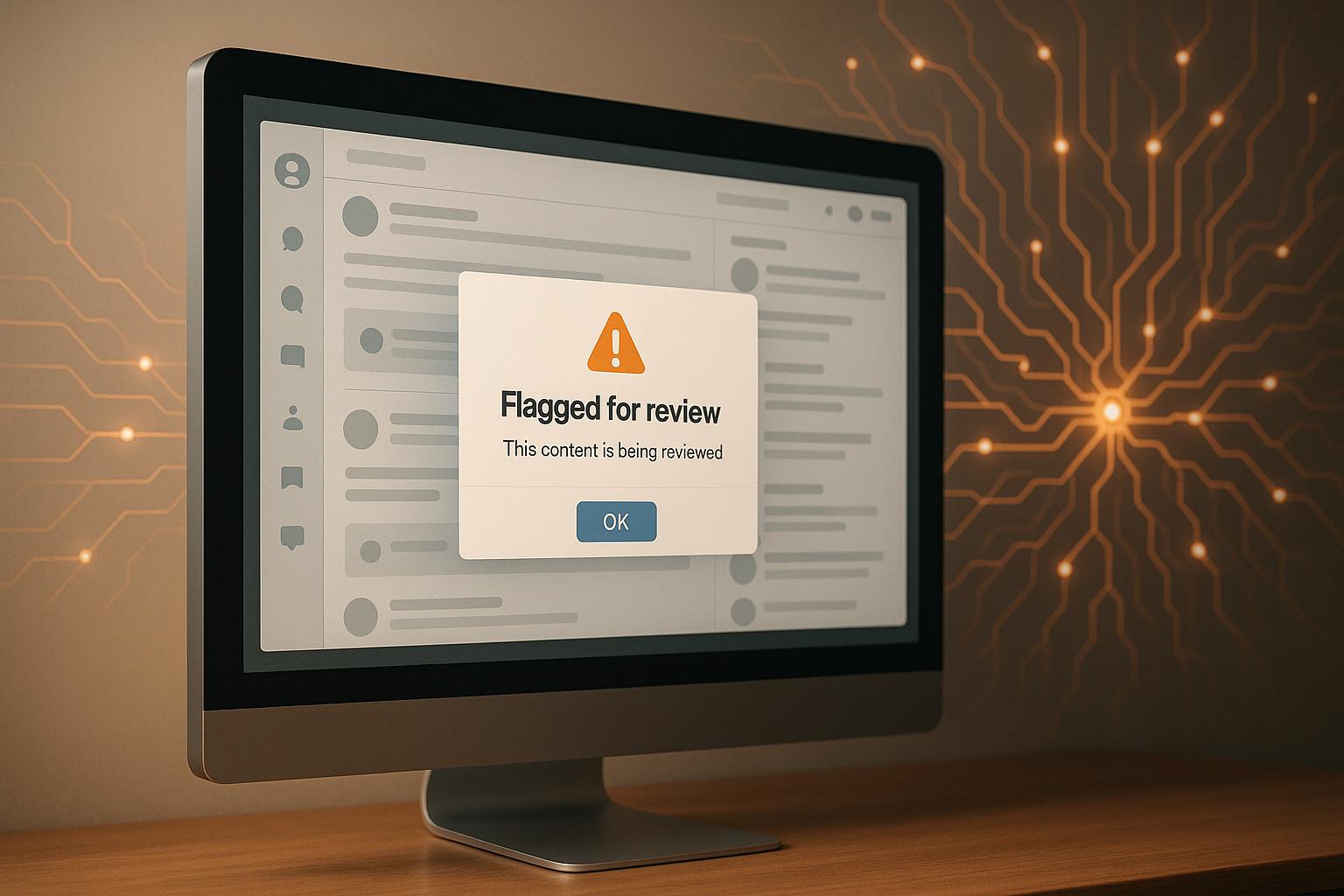

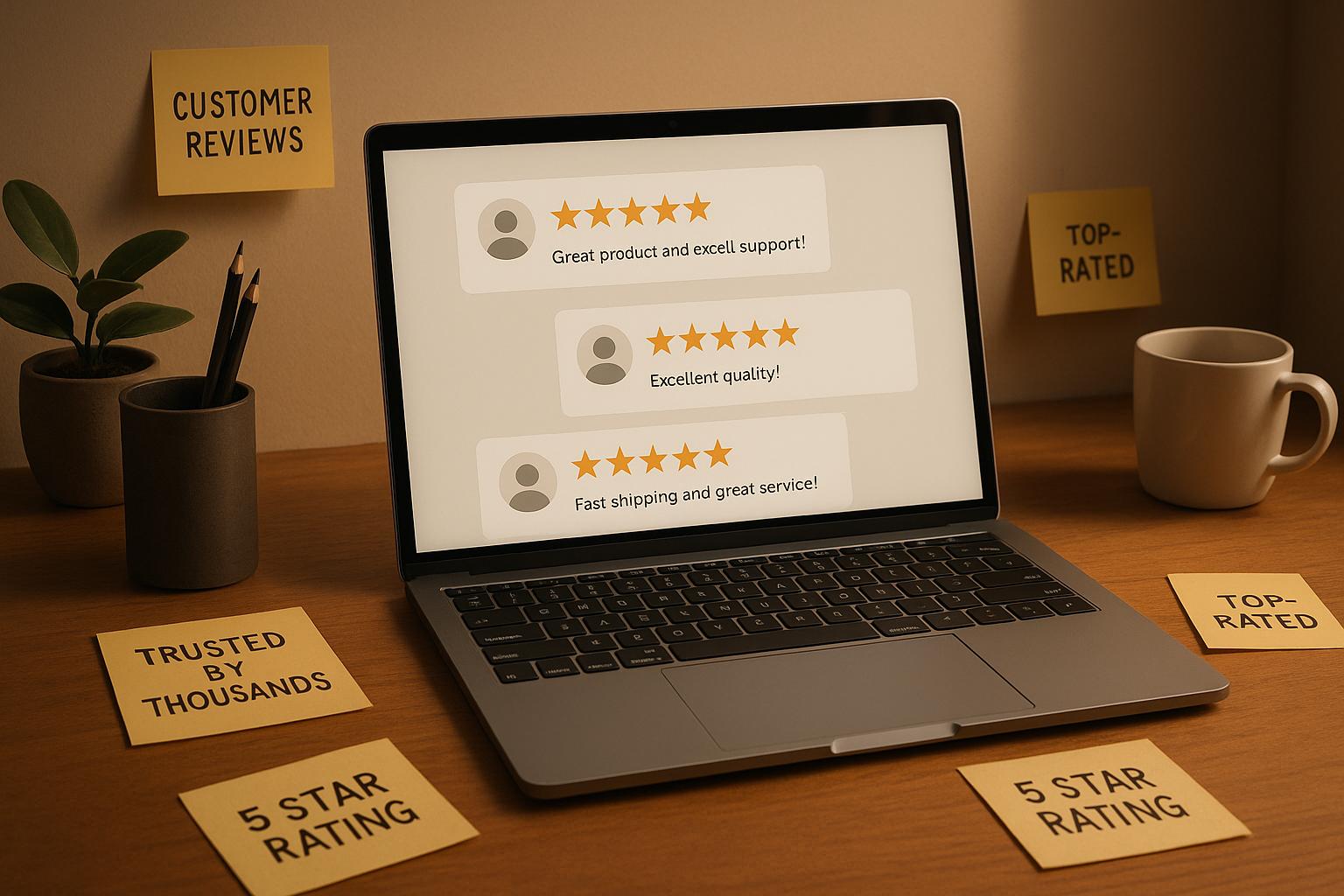
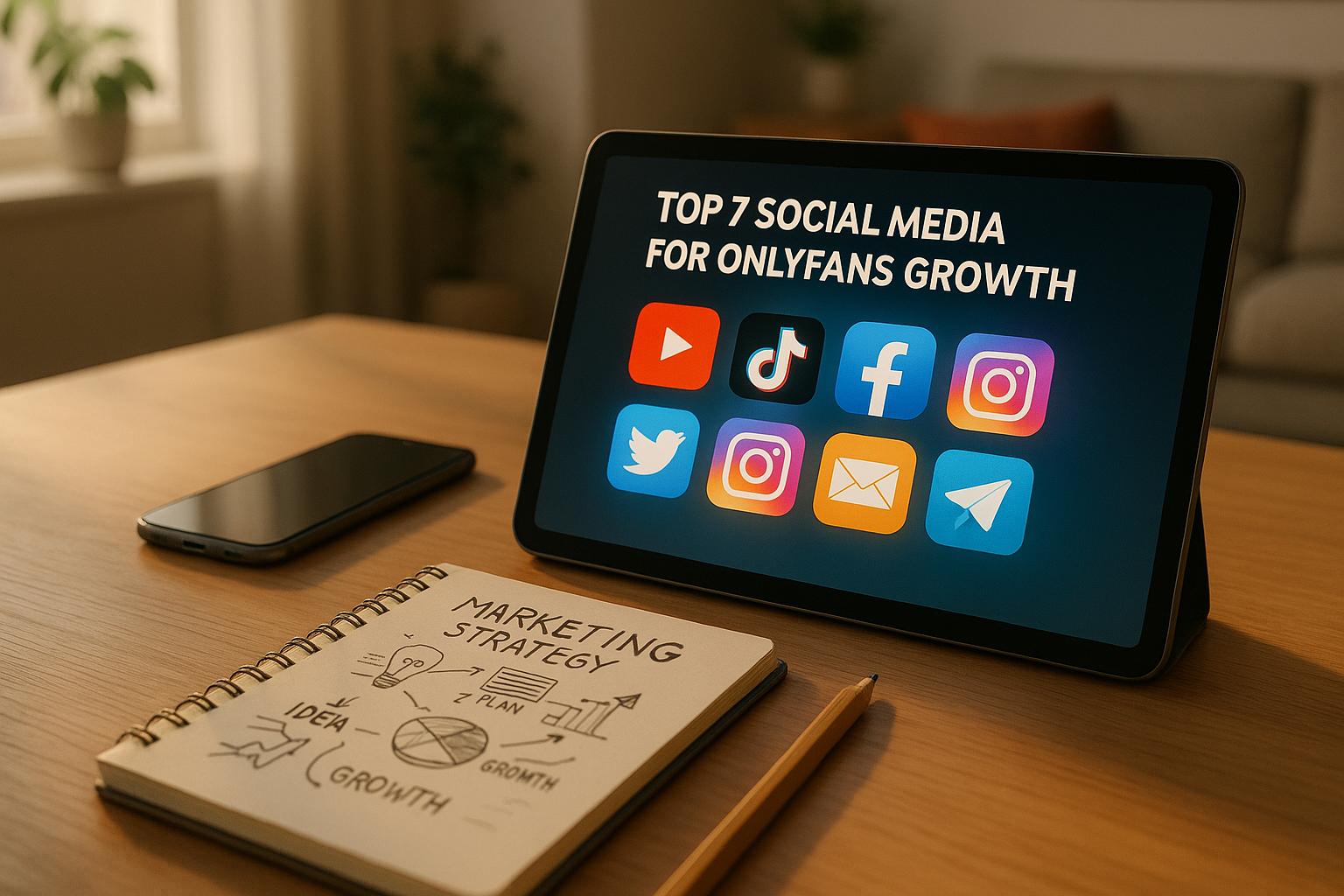



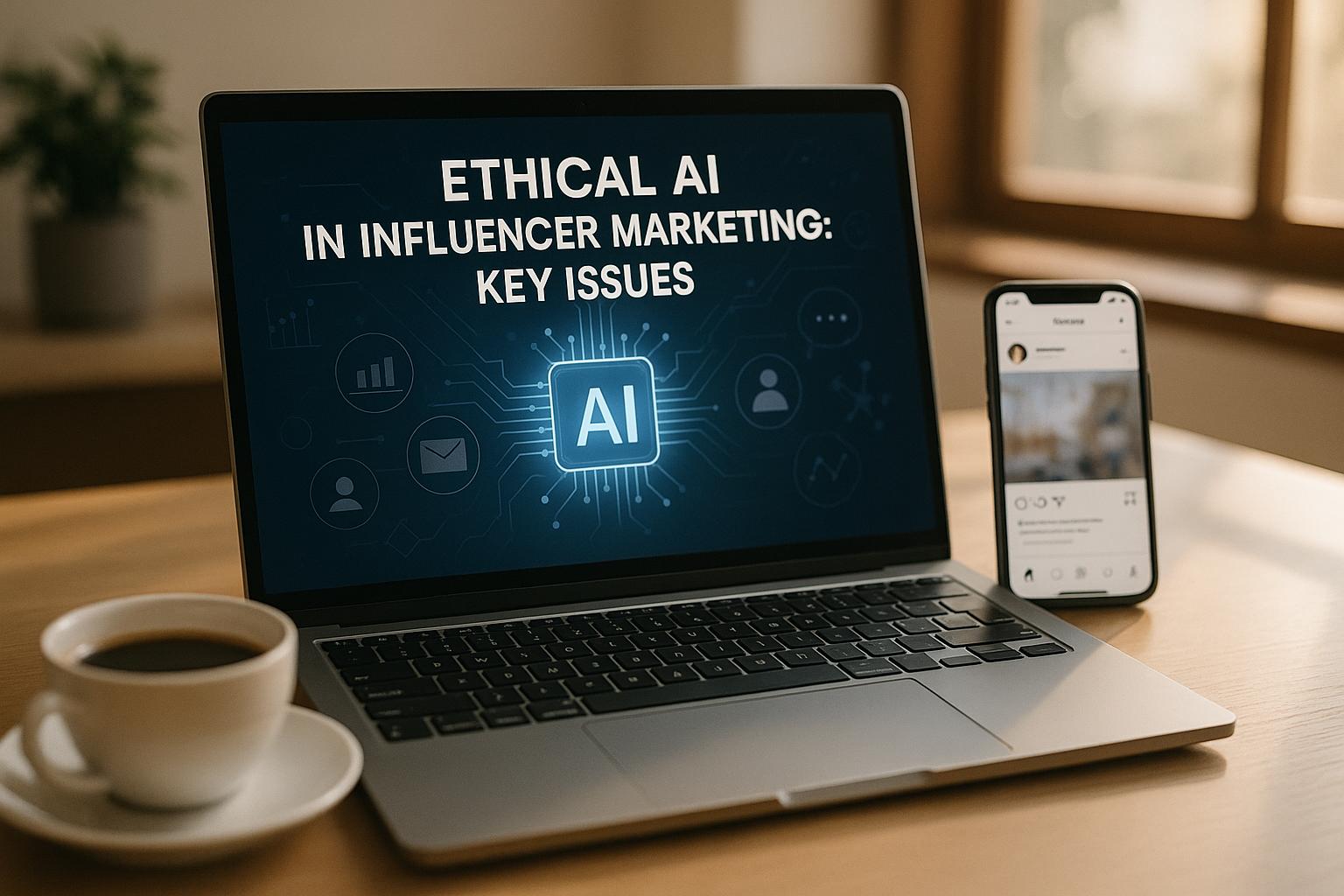
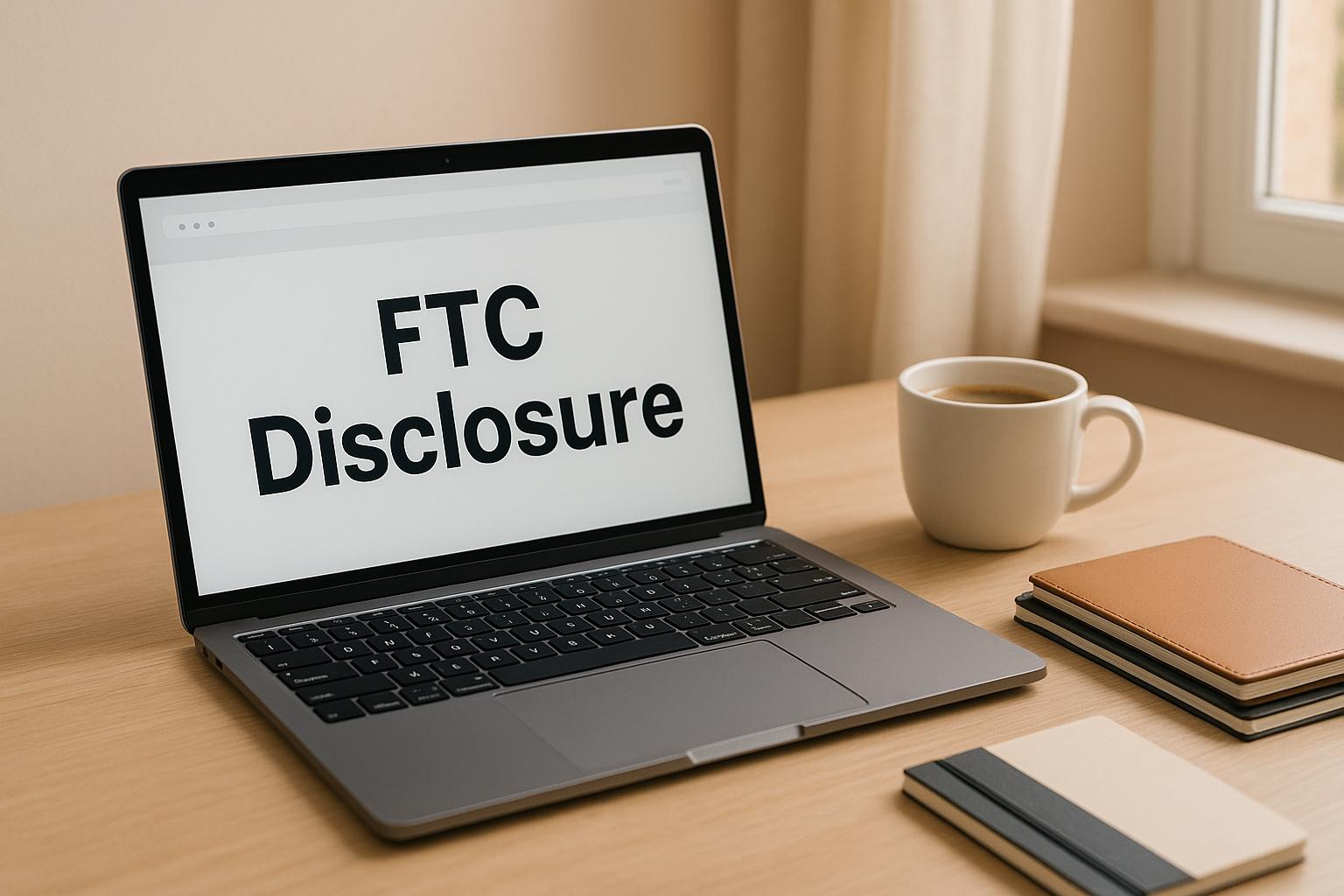


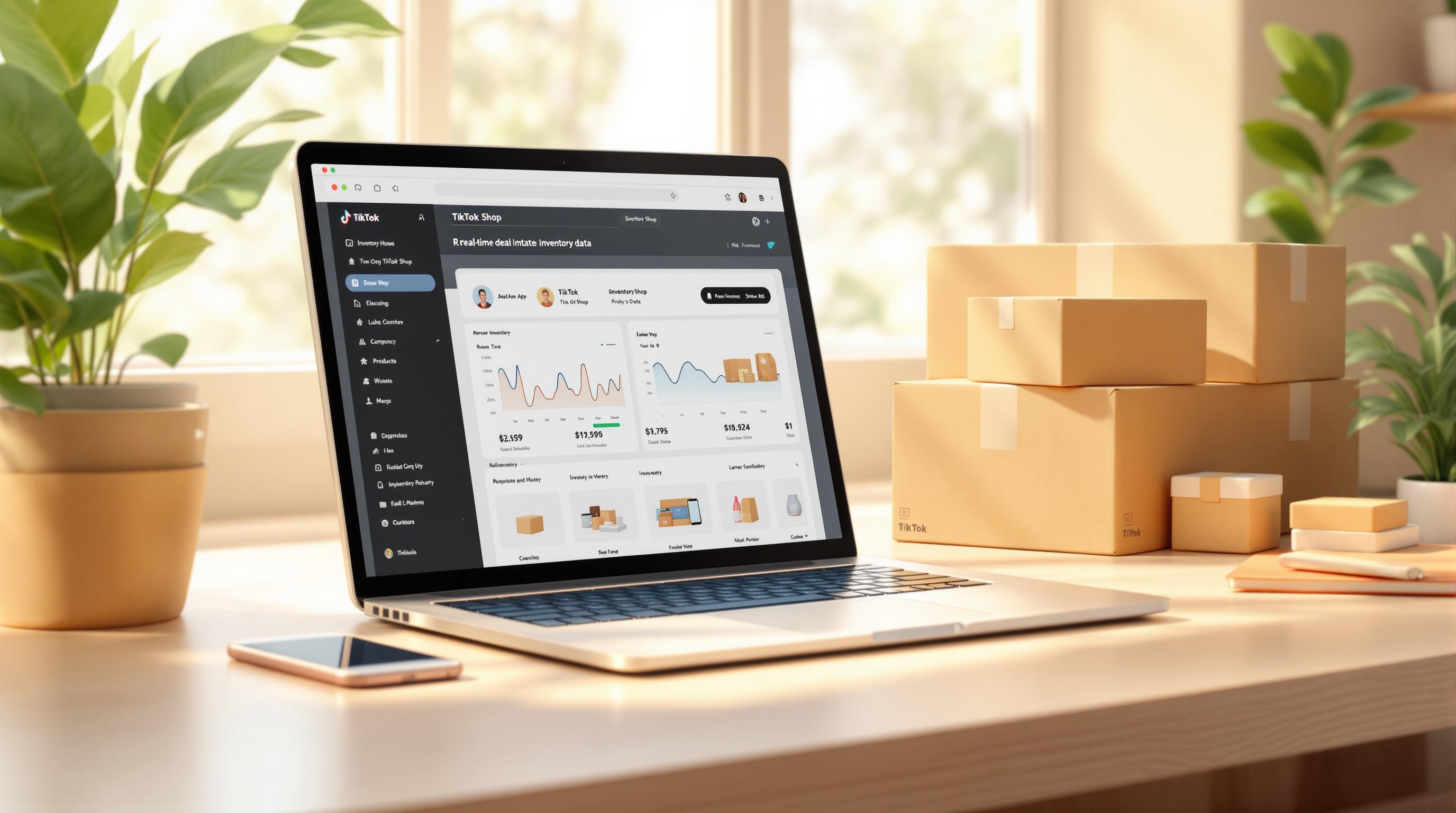


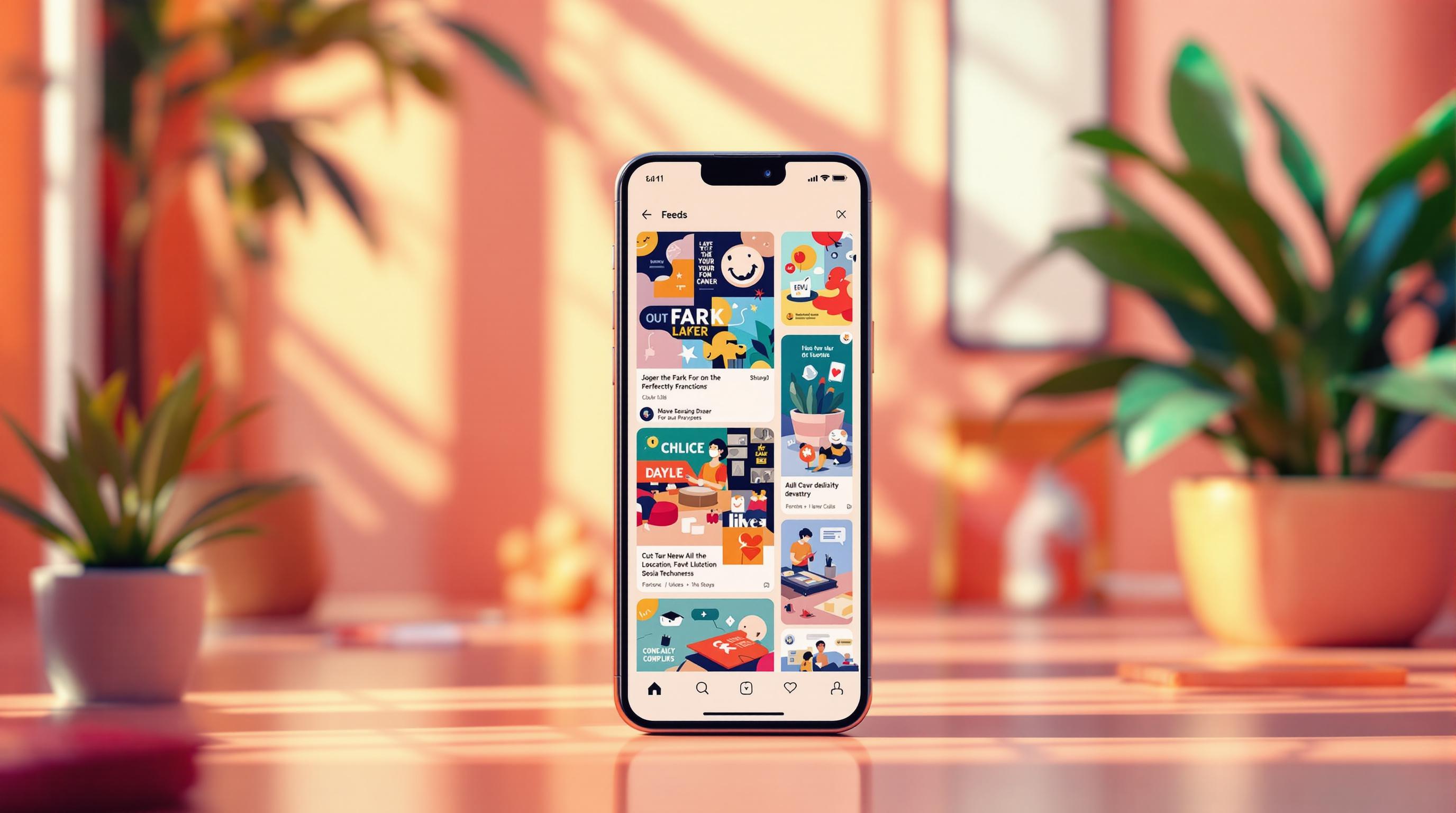

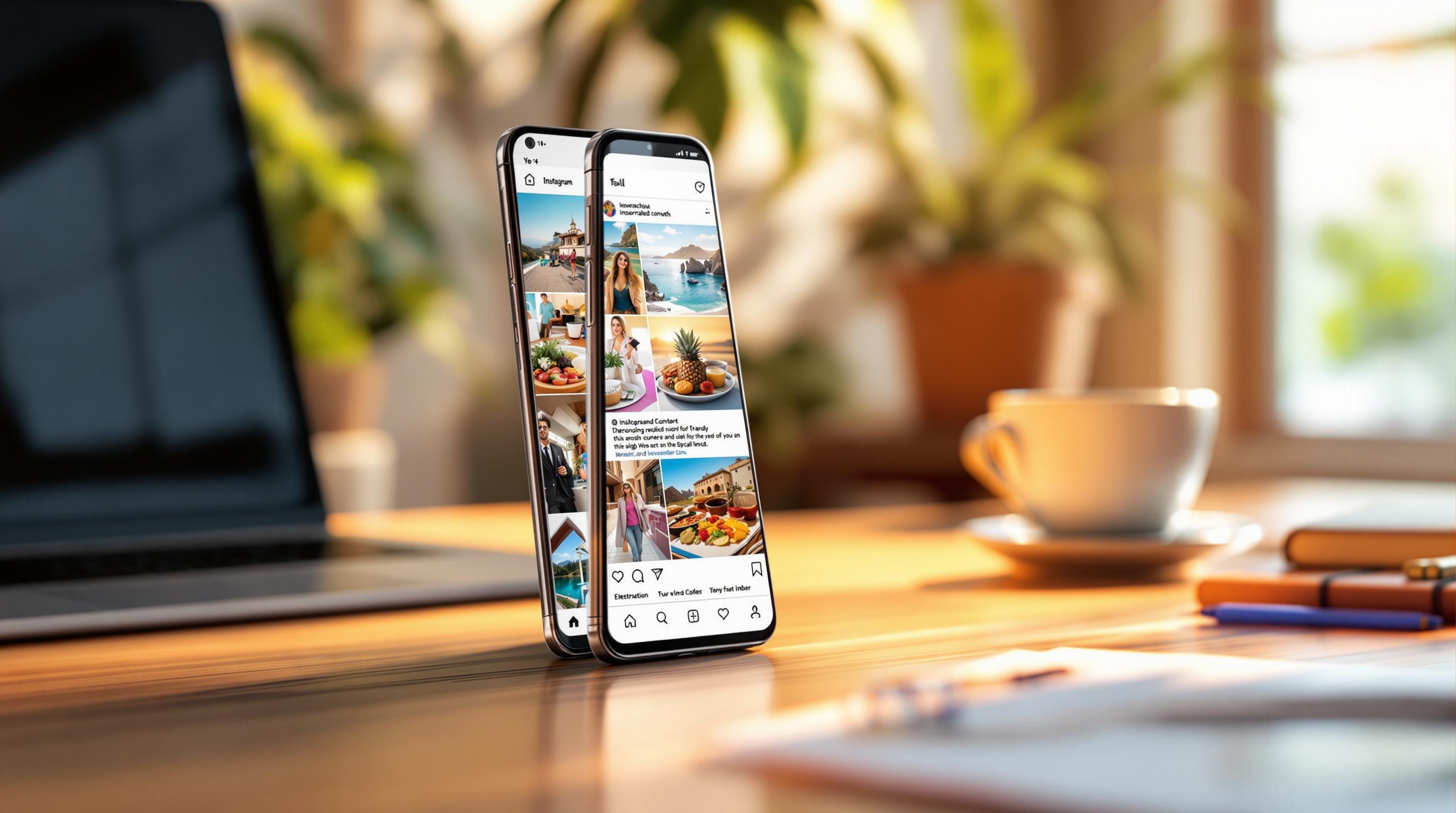


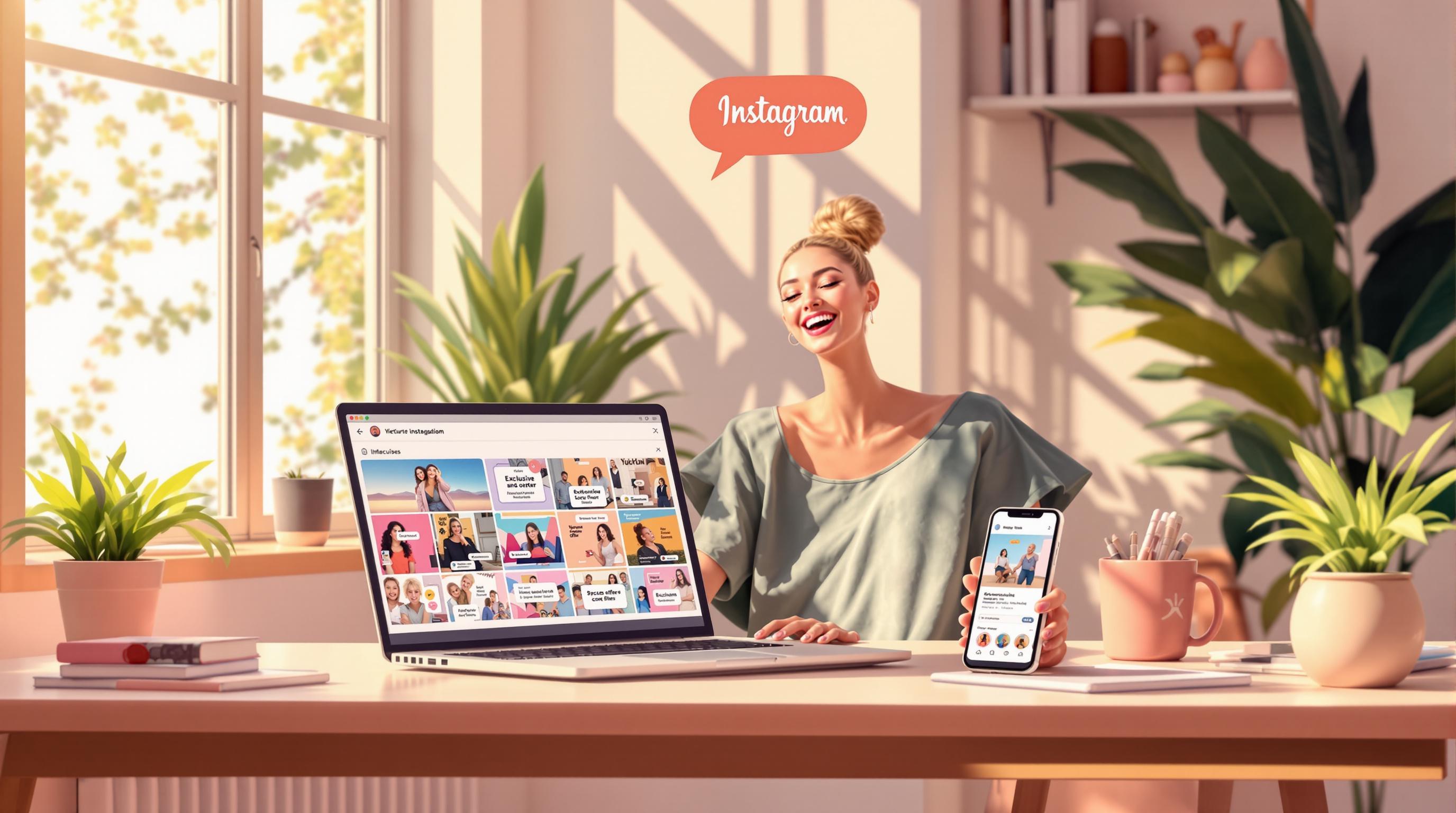




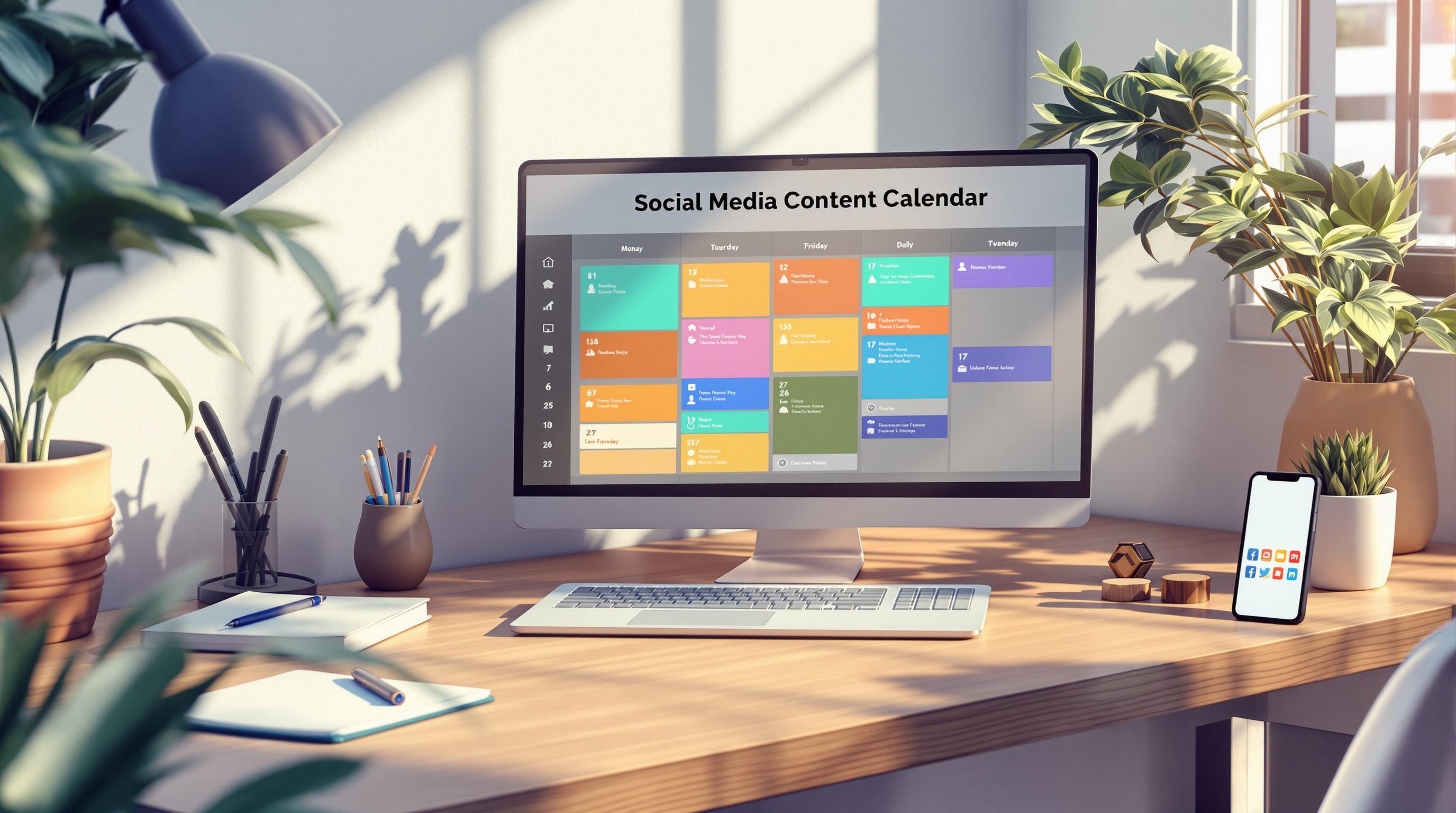


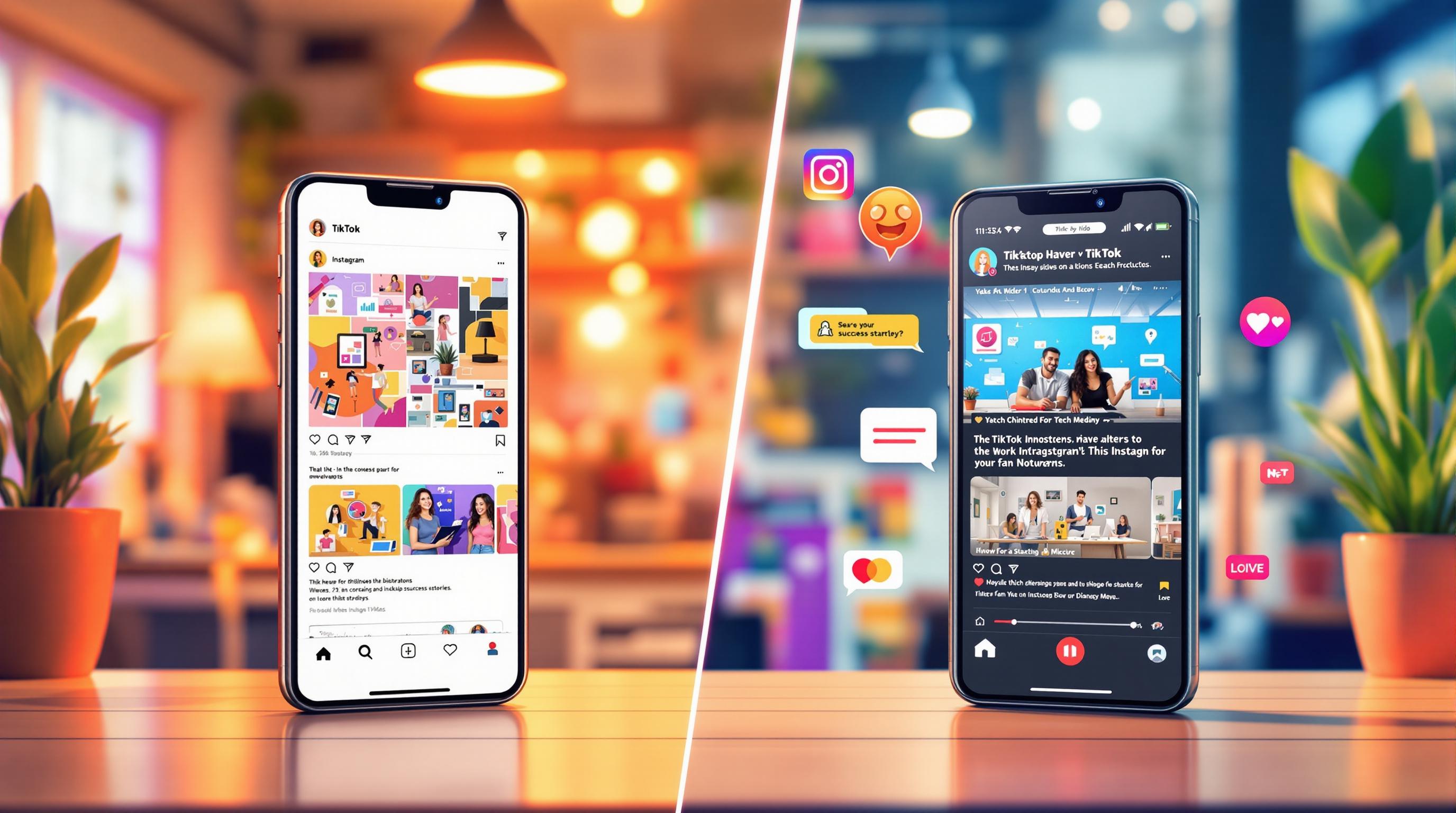
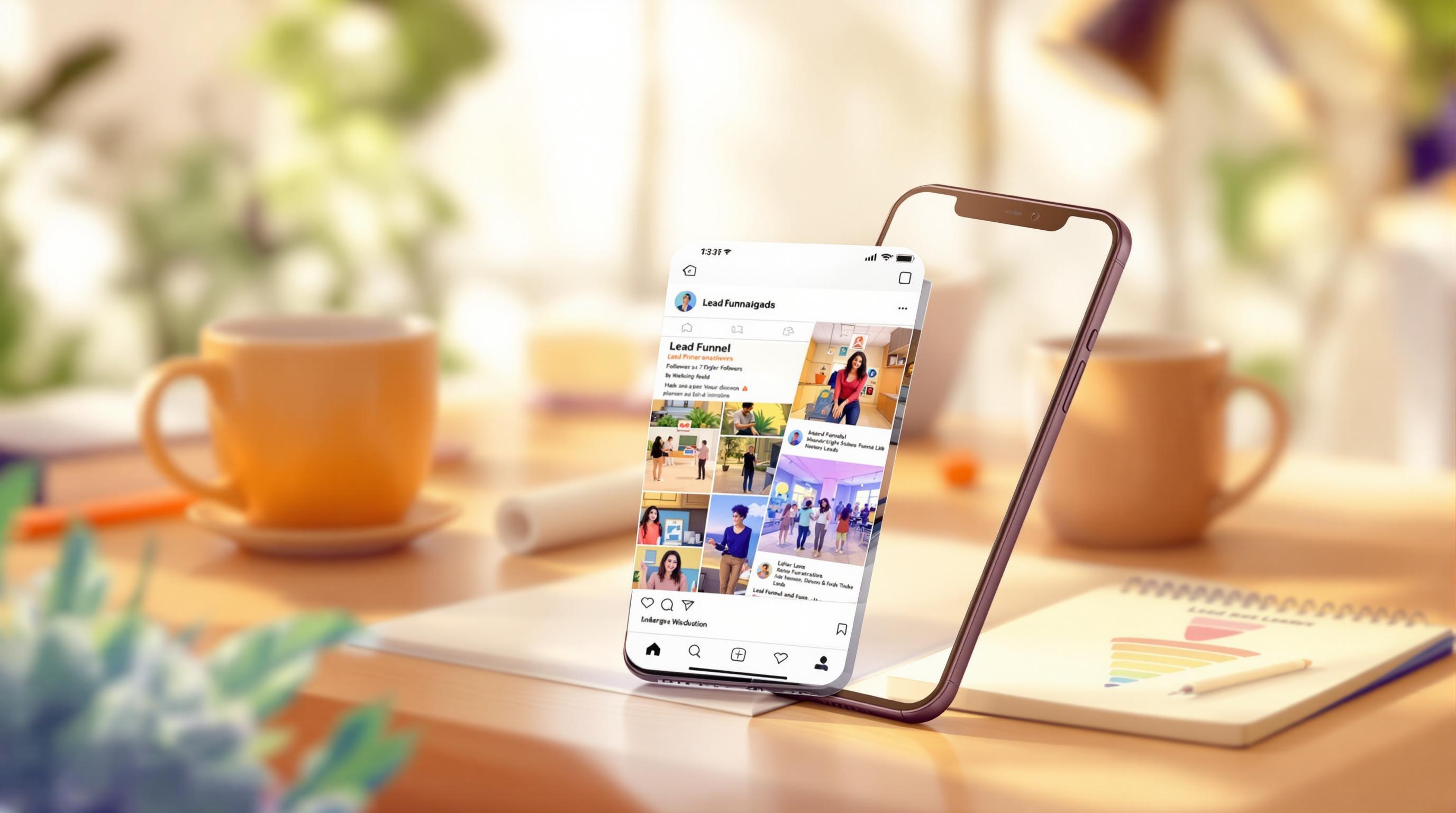

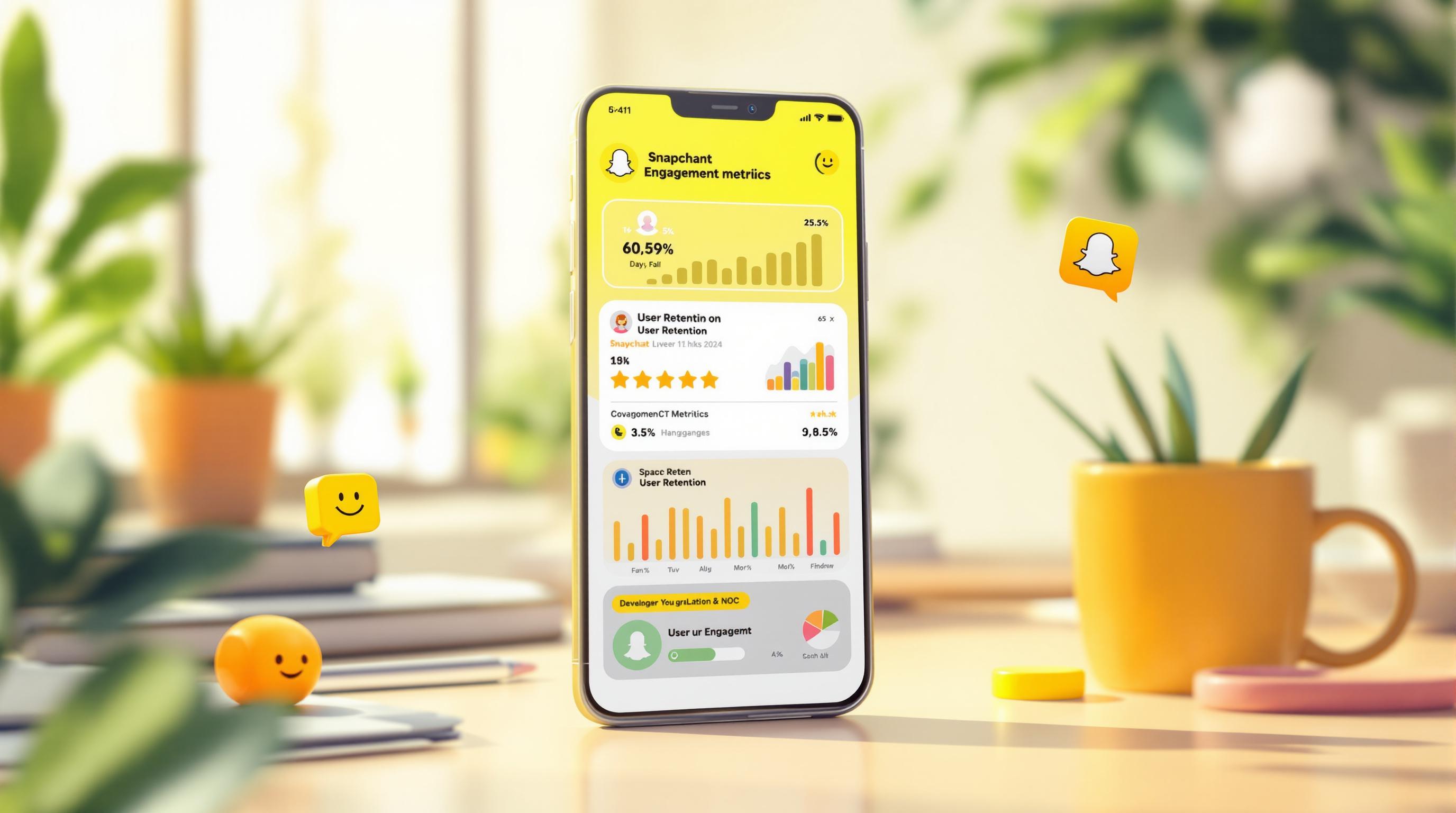
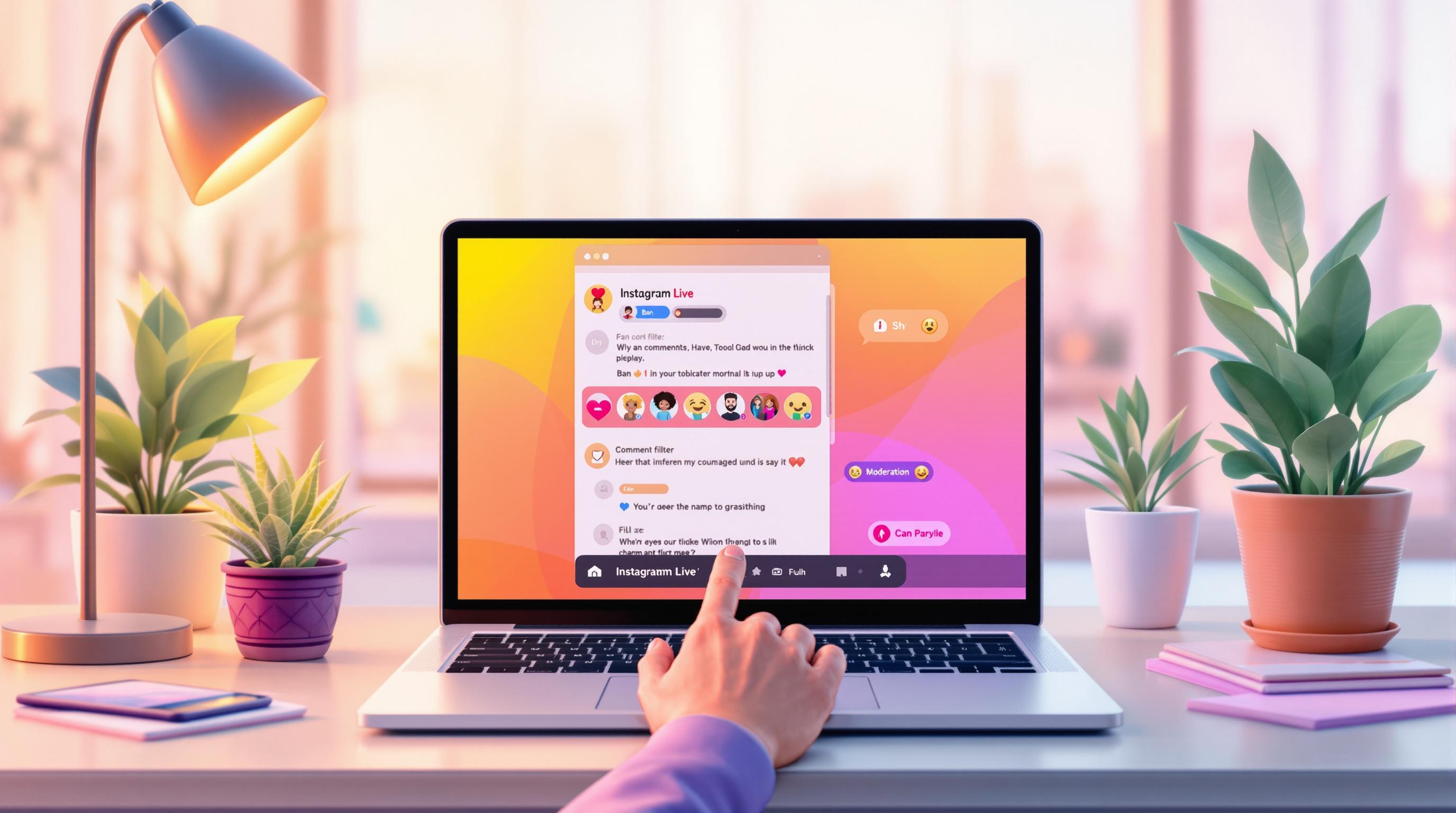


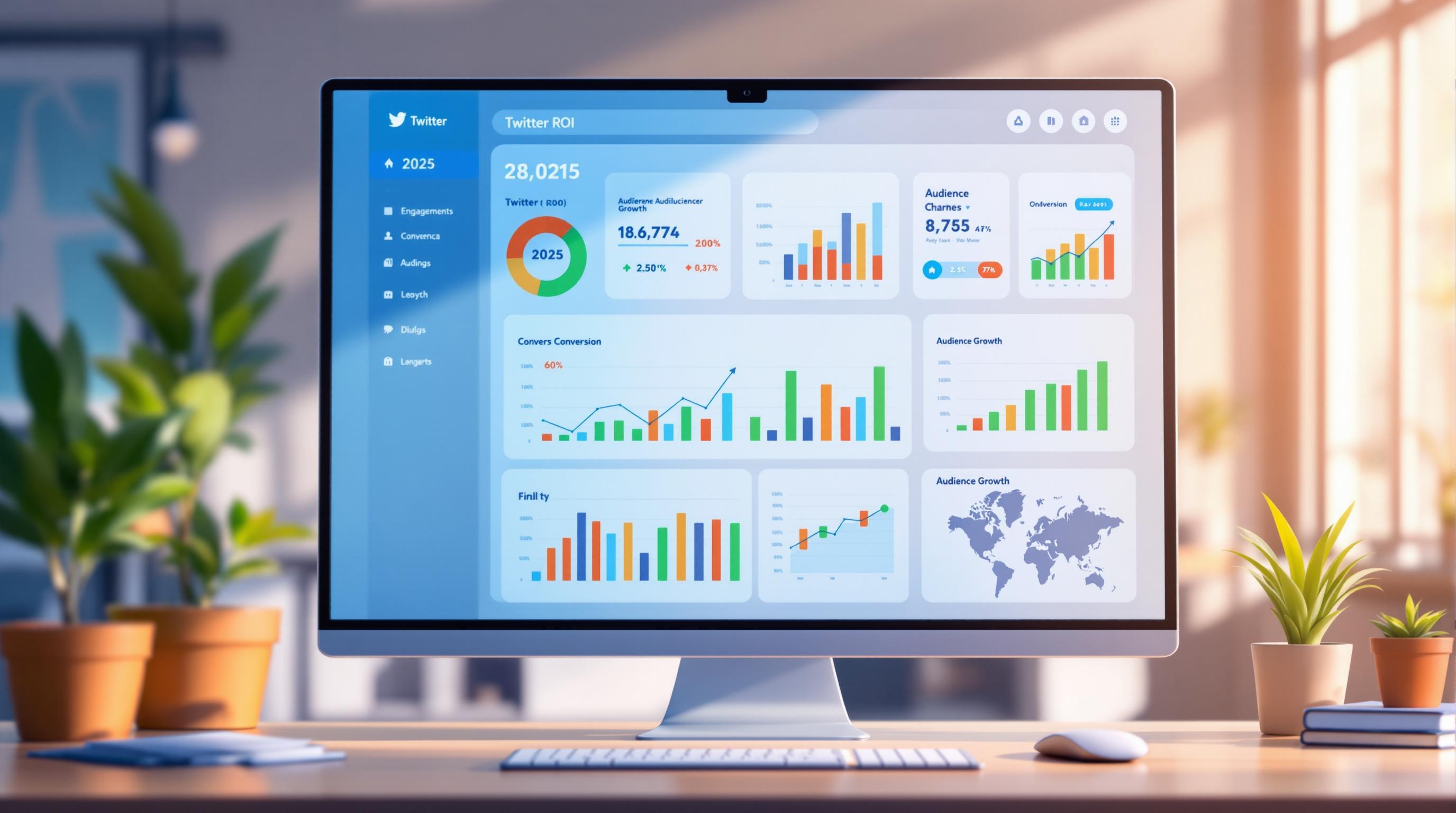
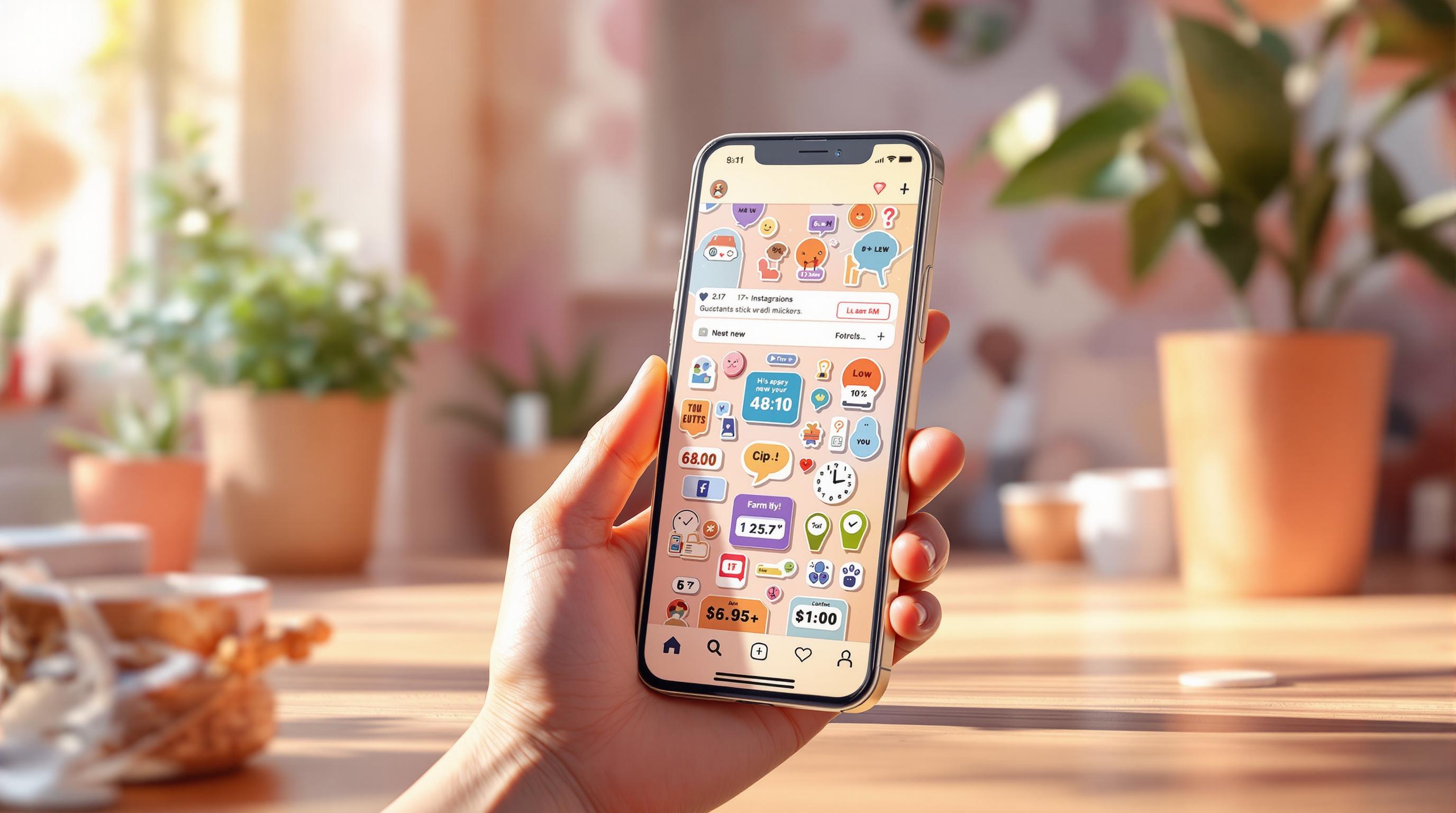
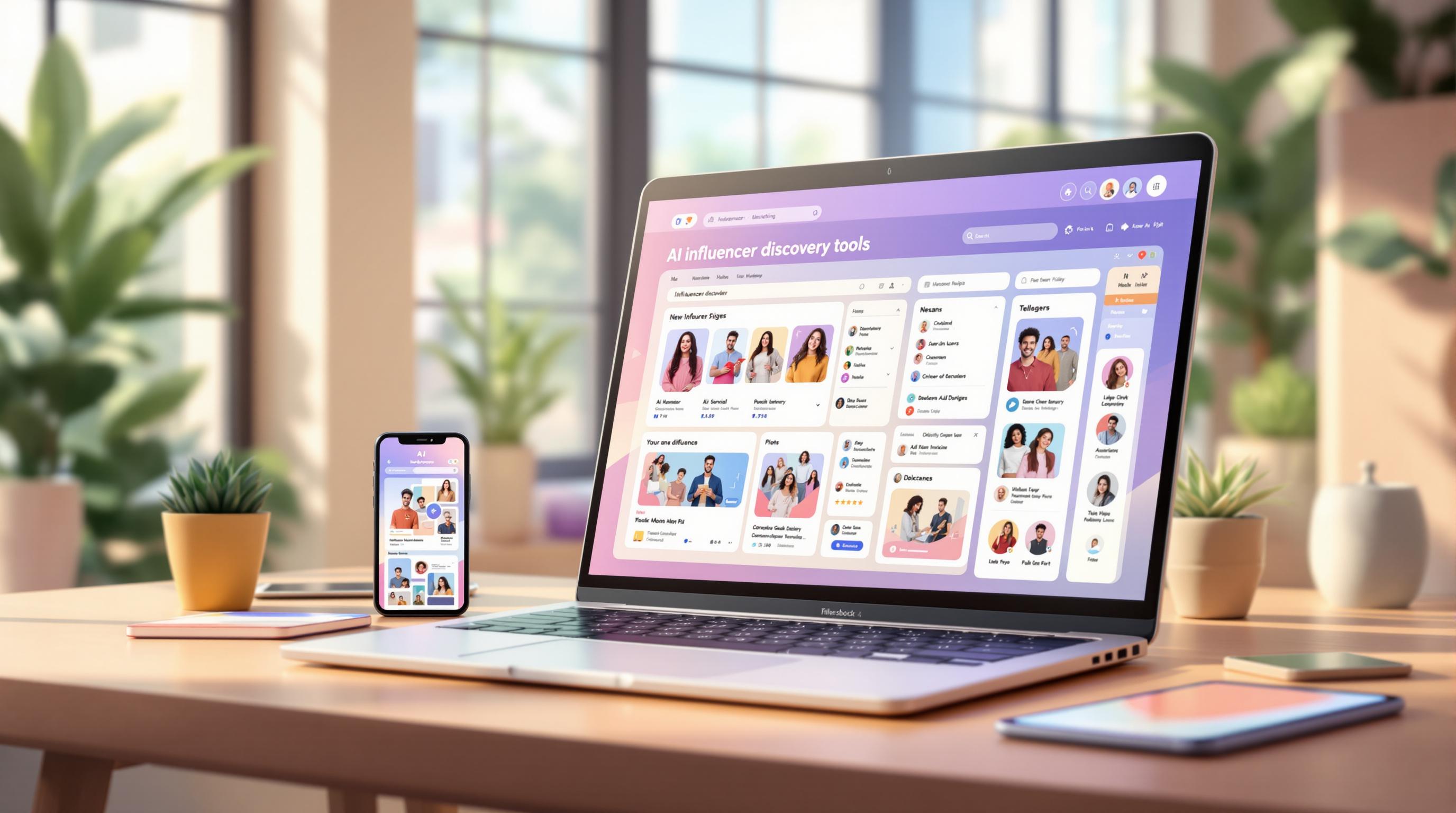


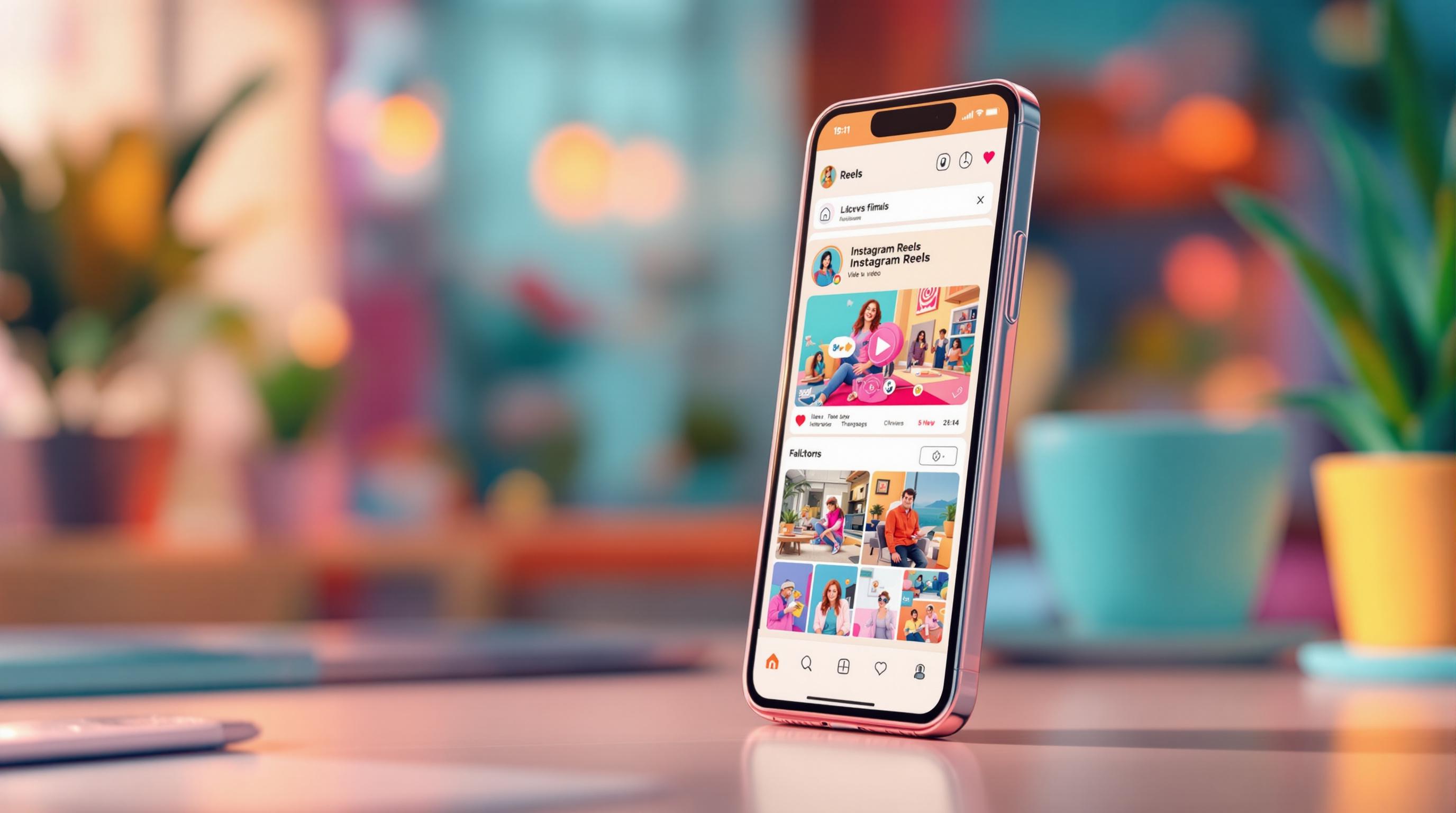
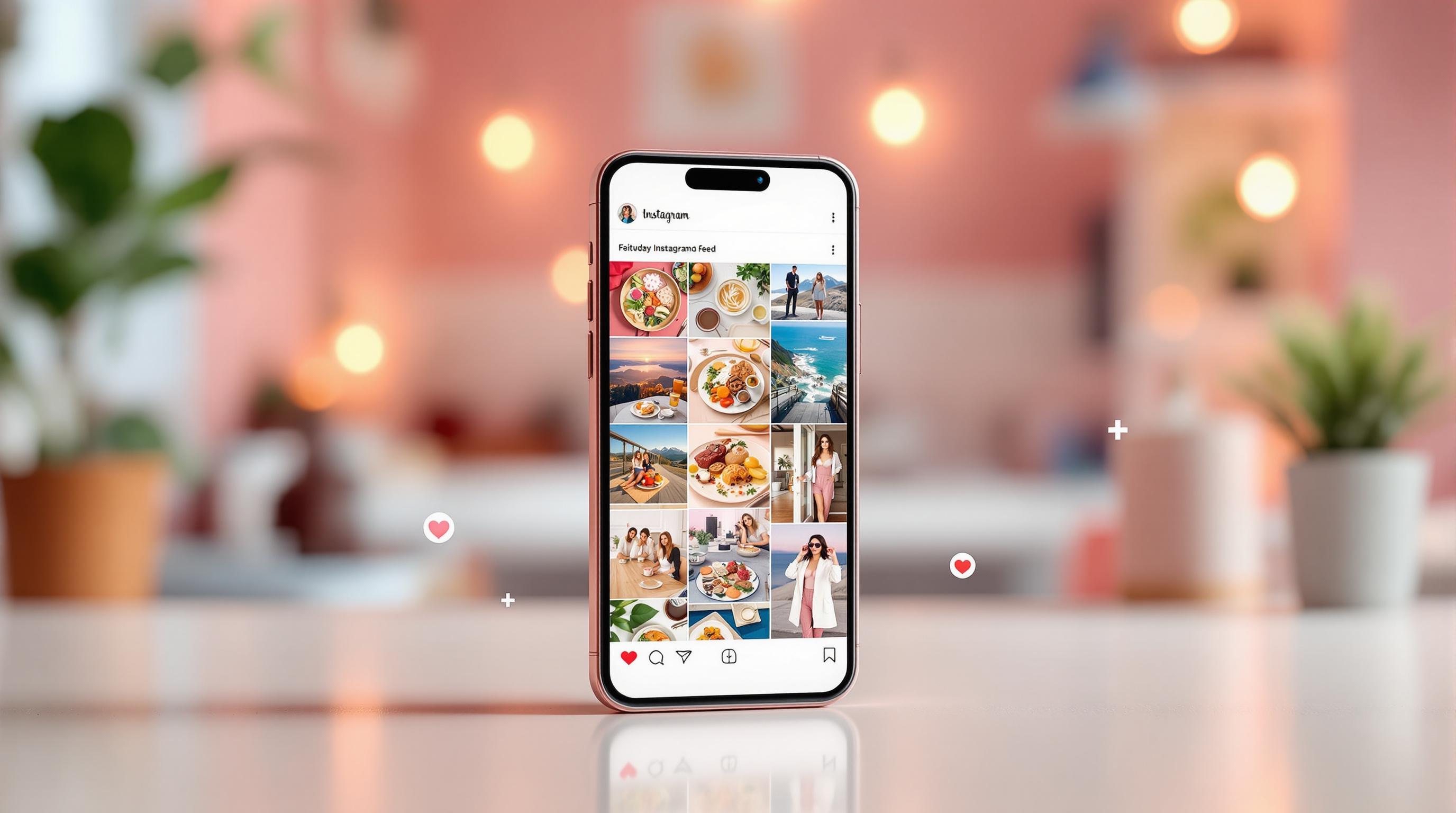



![Top 7 Best Instagram Growth Services in 2025 [RESULTS]](/cdn-cgi/image/fit=contain,format=auto,width=null/https://cdn.prod.website-files.com/67840d1d88a886f29a66a4c1/6795d12917ee4501b9eddf73_6795c731964f791db3b566c4-1737870861582.jpg)
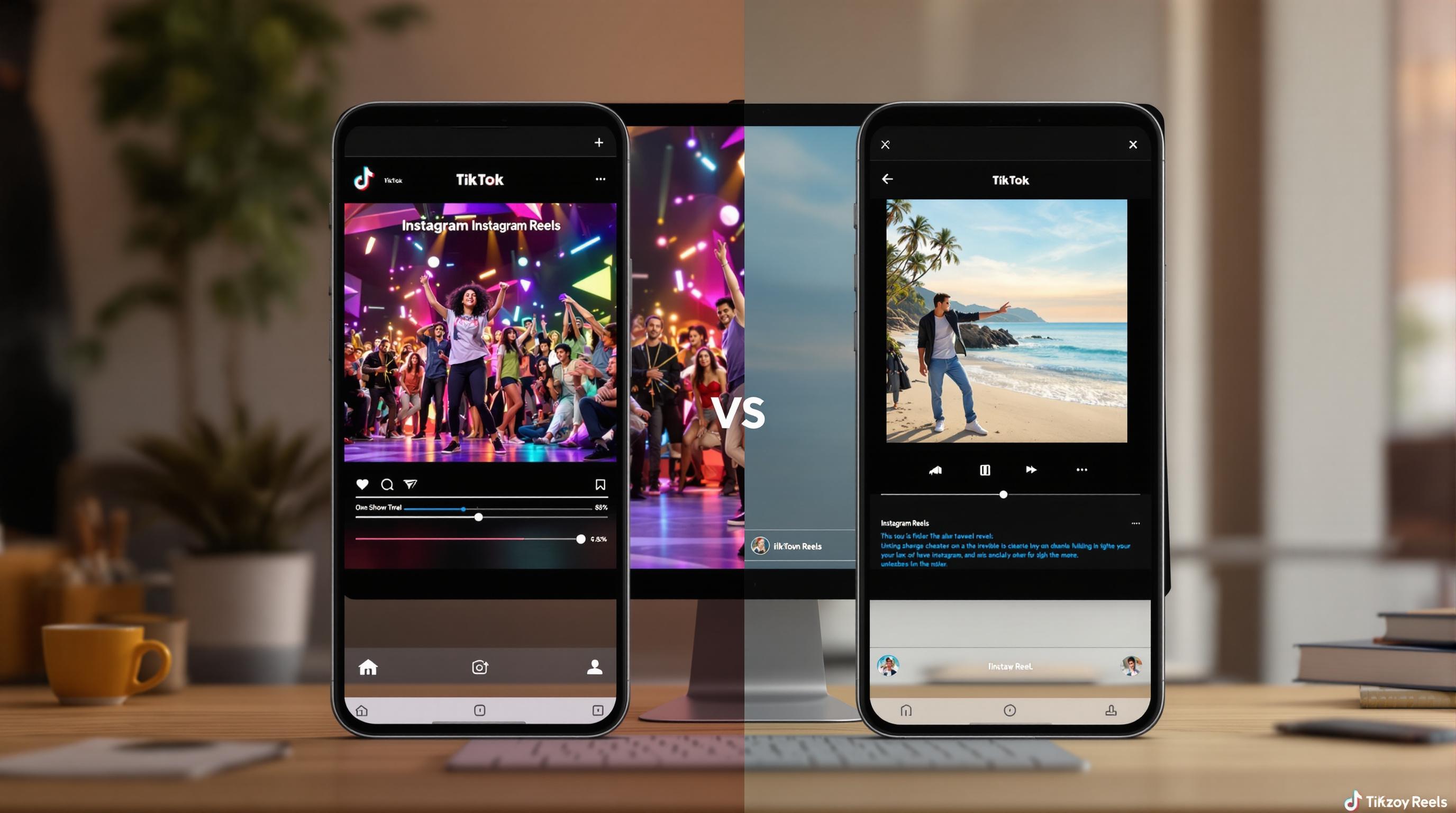
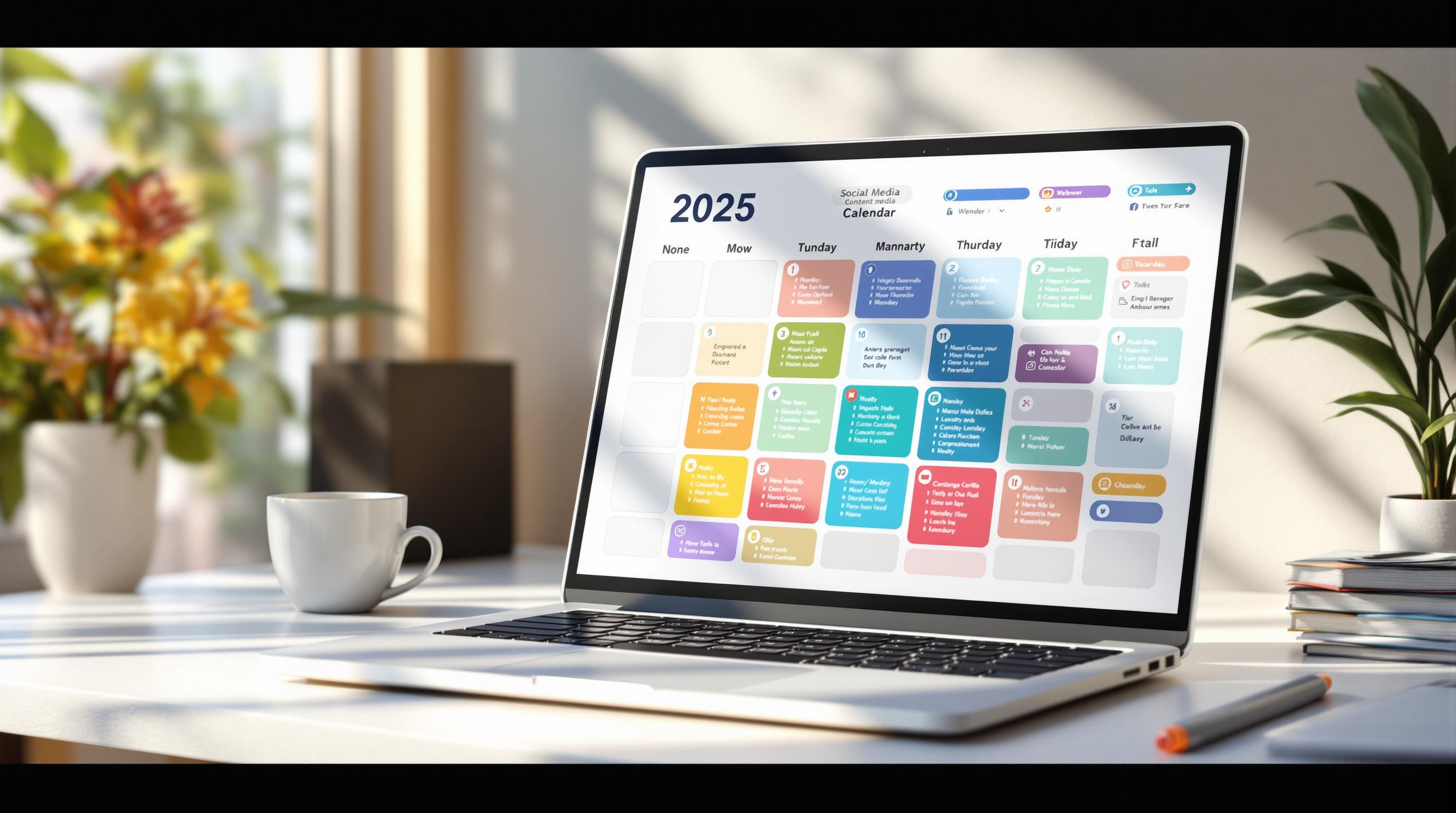
![UpGrow Review – The Best Instagram Growth Service in 2025 [TESTED]](/cdn-cgi/image/fit=contain,format=auto,width=null/https://cdn.prod.website-files.com/67840d1d88a886f29a66a4c1/6795040db42e404207732526_6794fd9c964f791db3b48de9-1737818779111.jpg)

